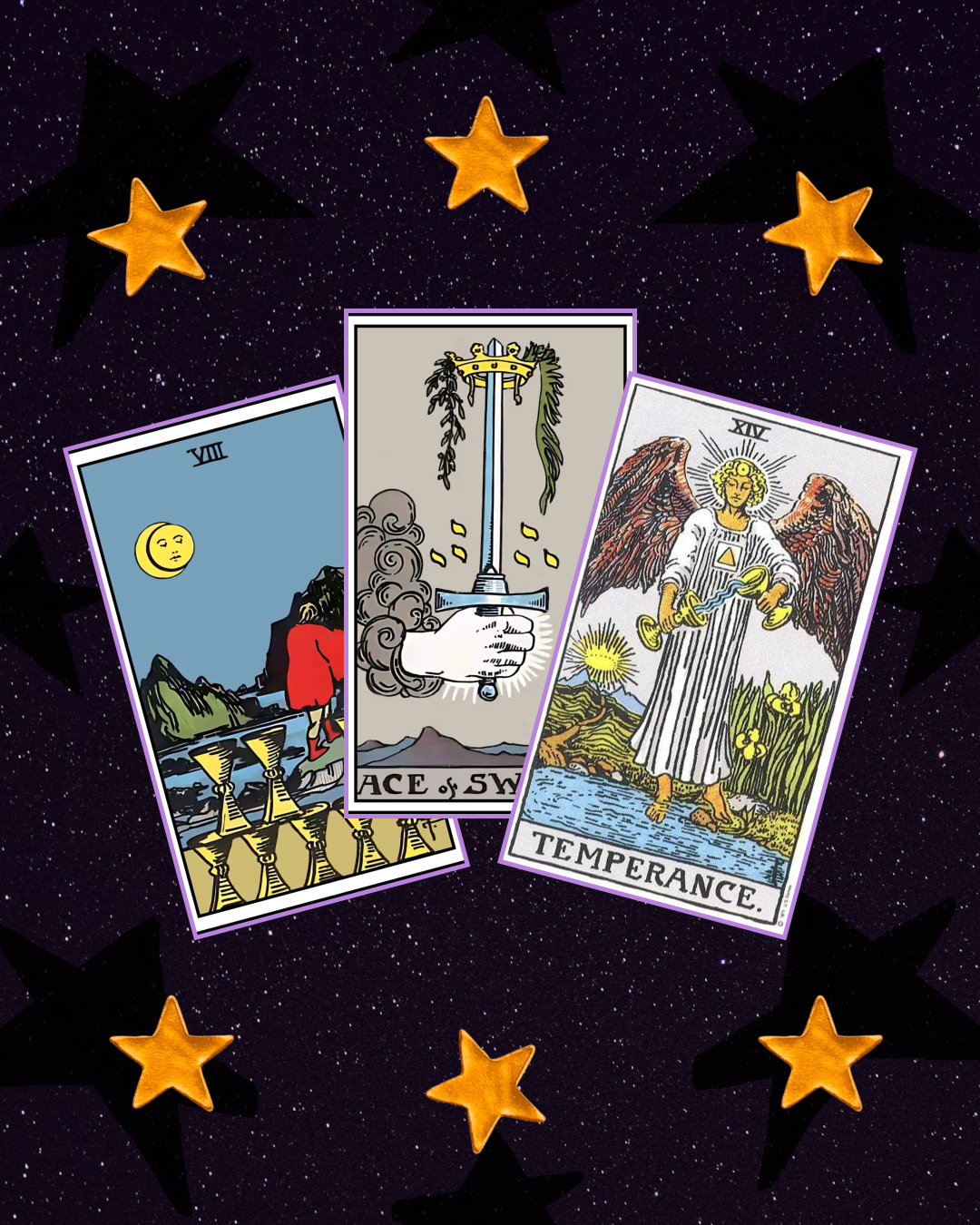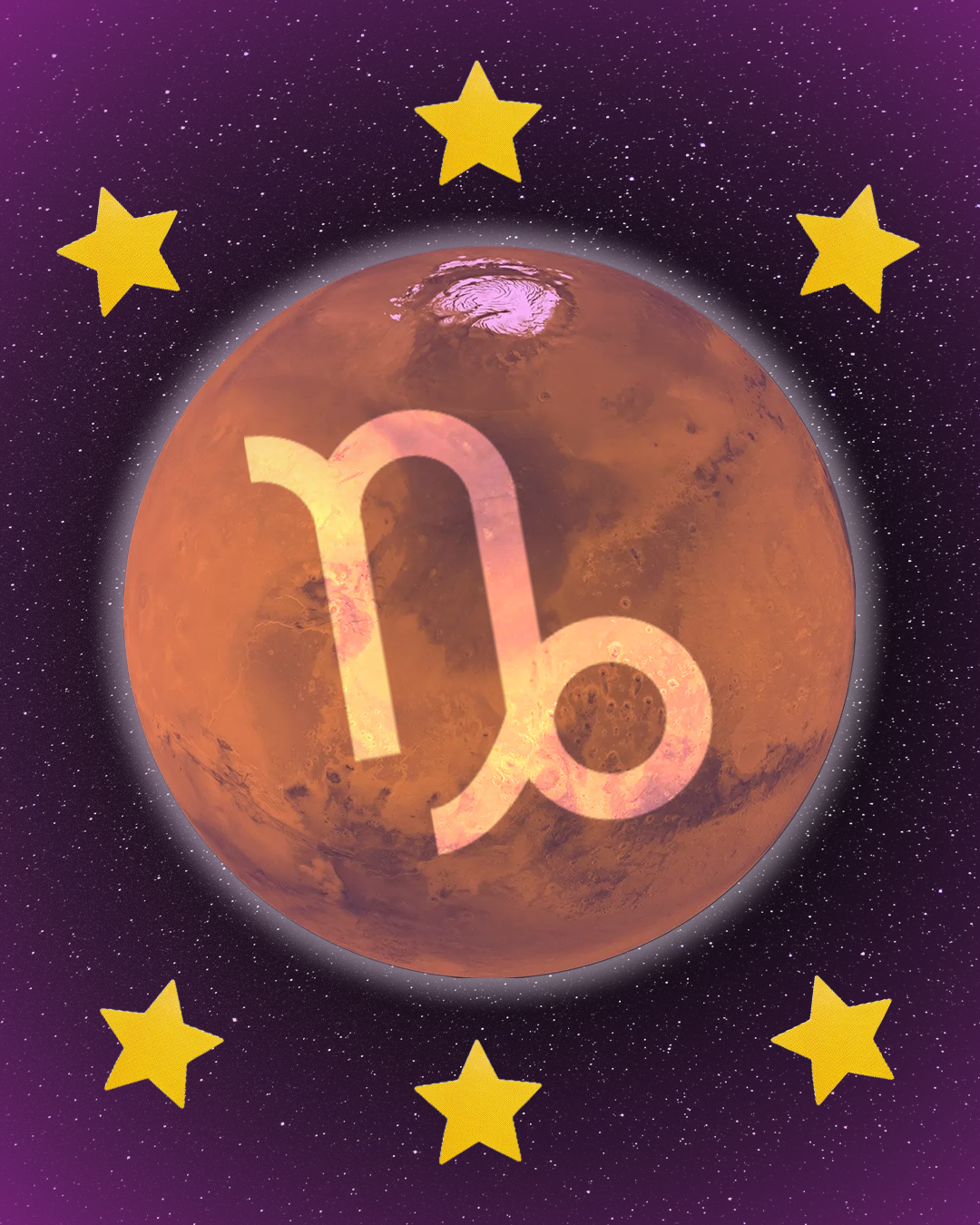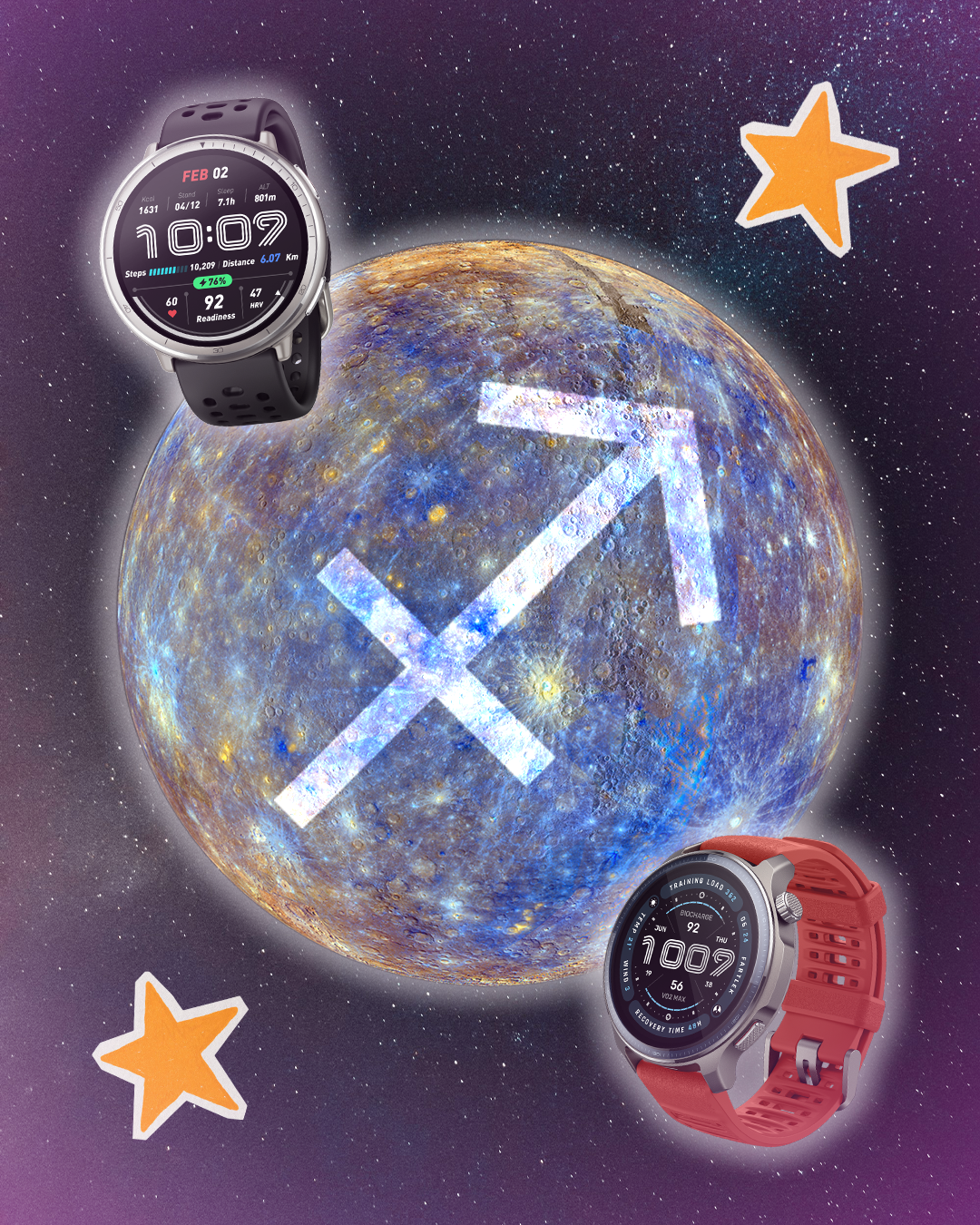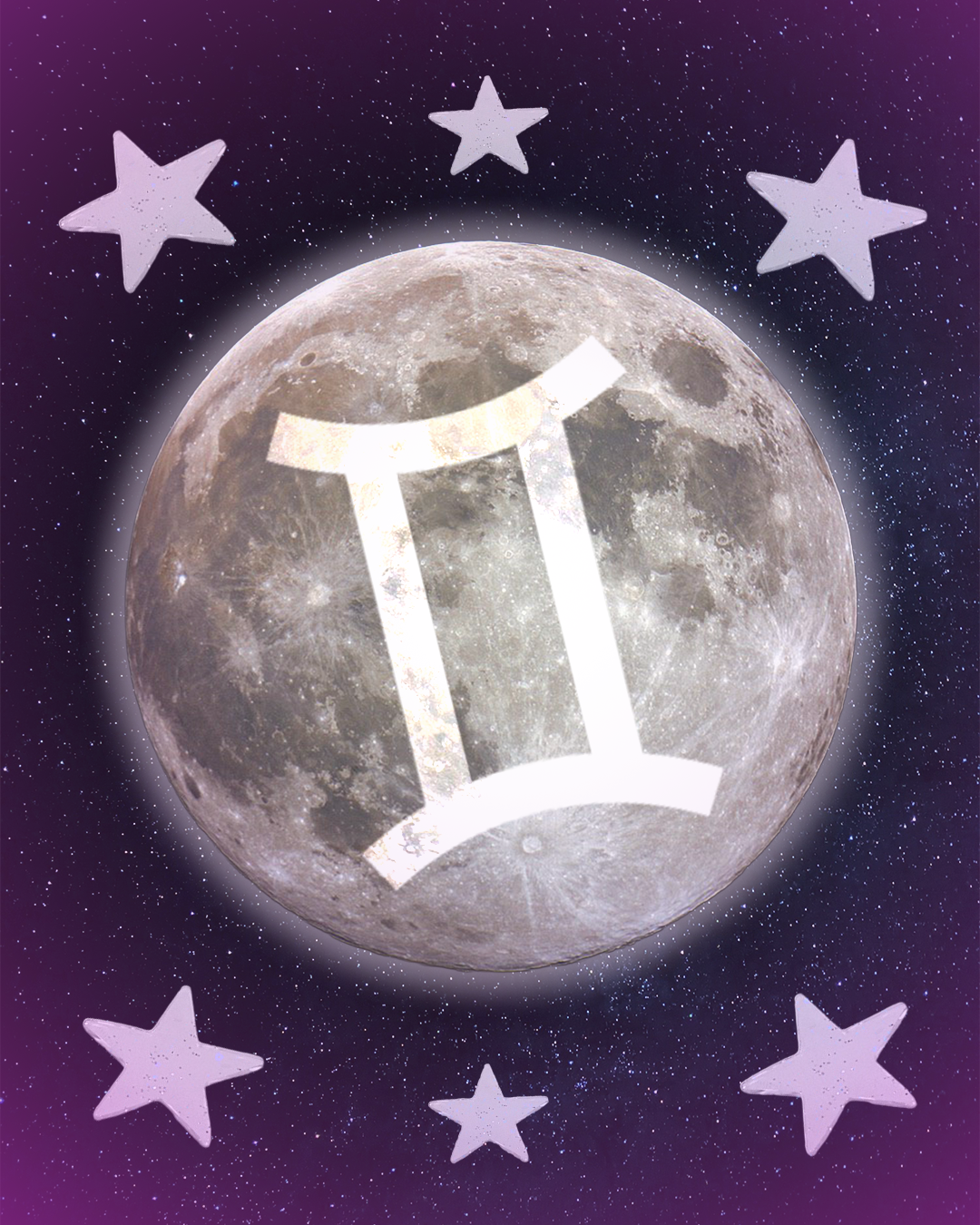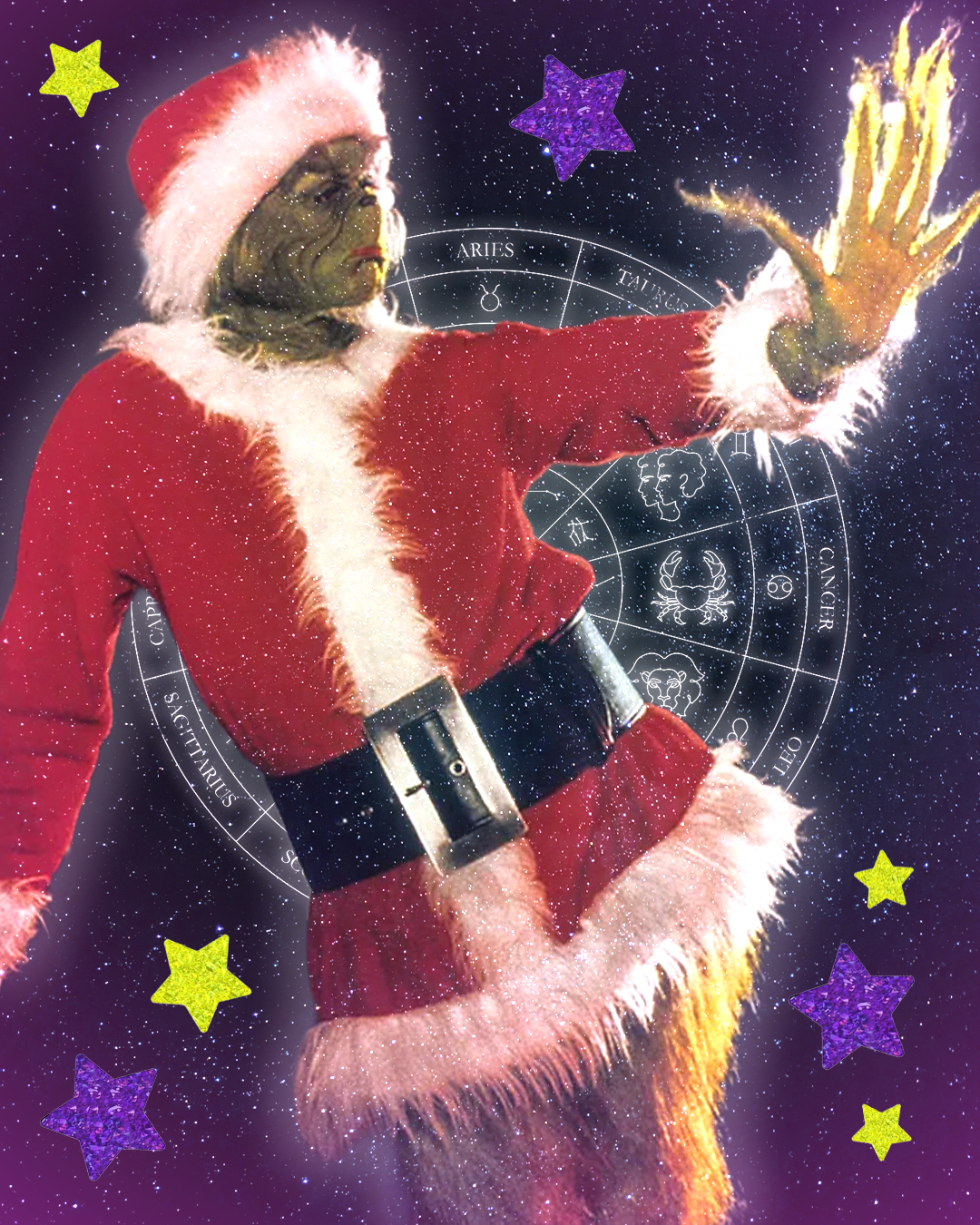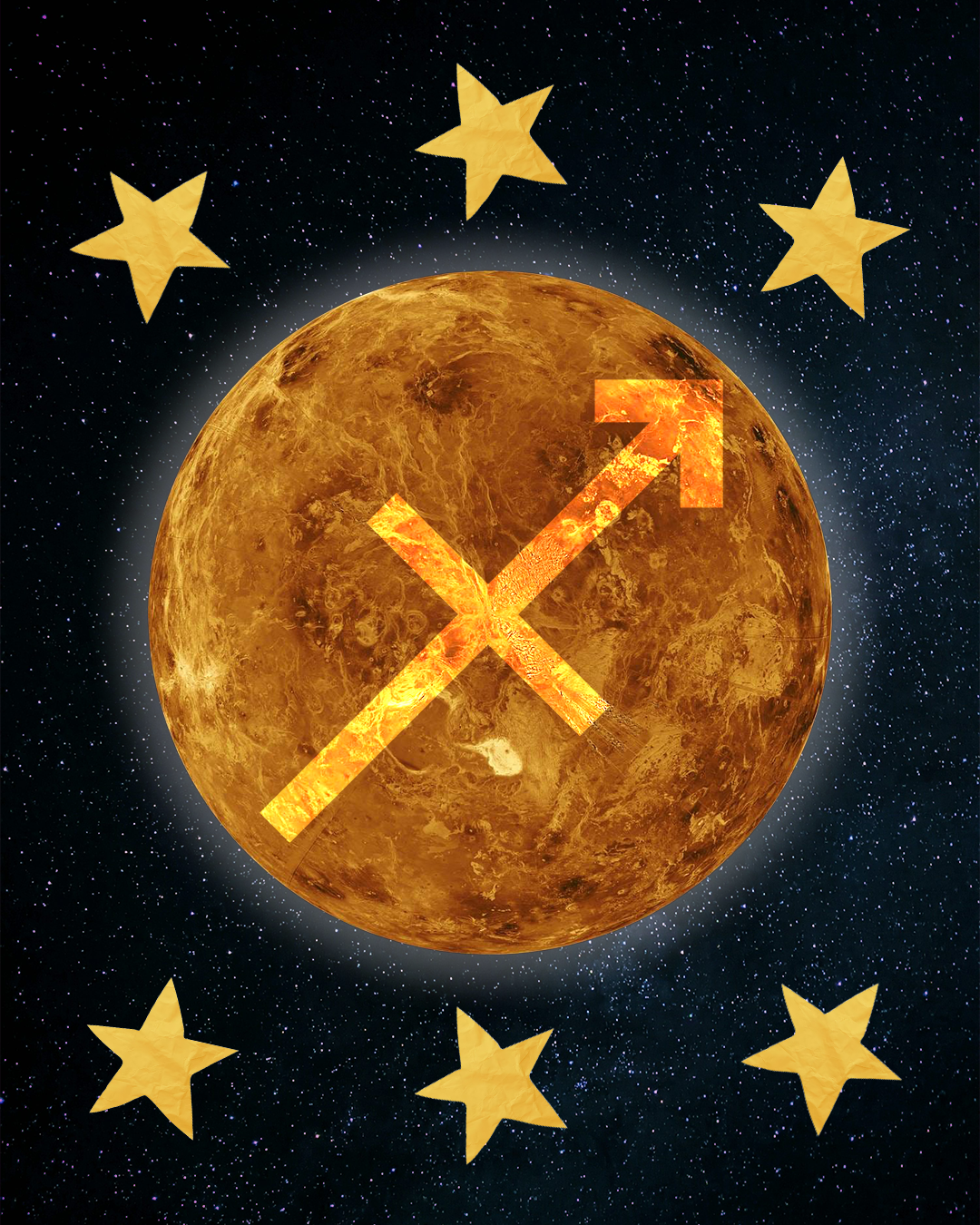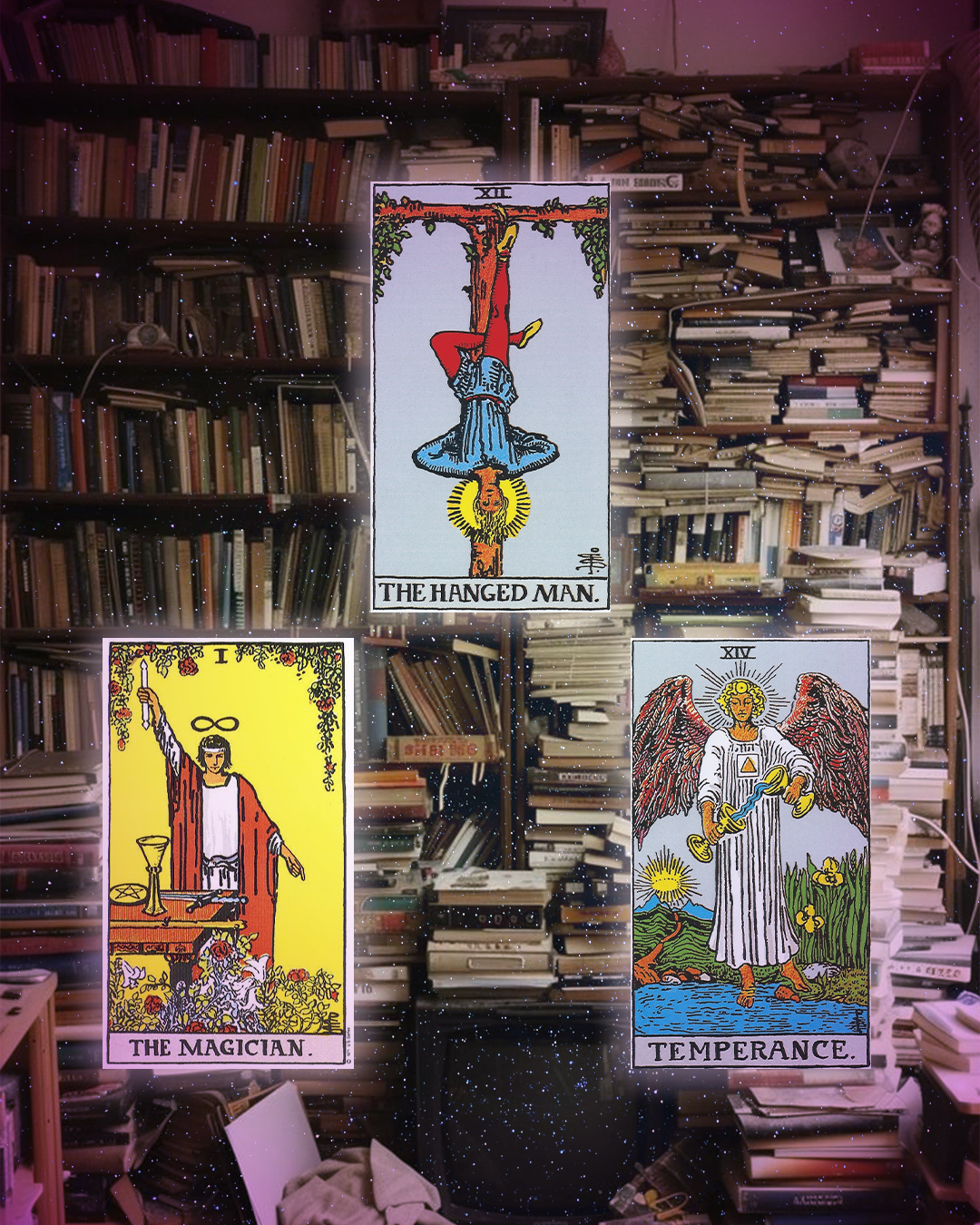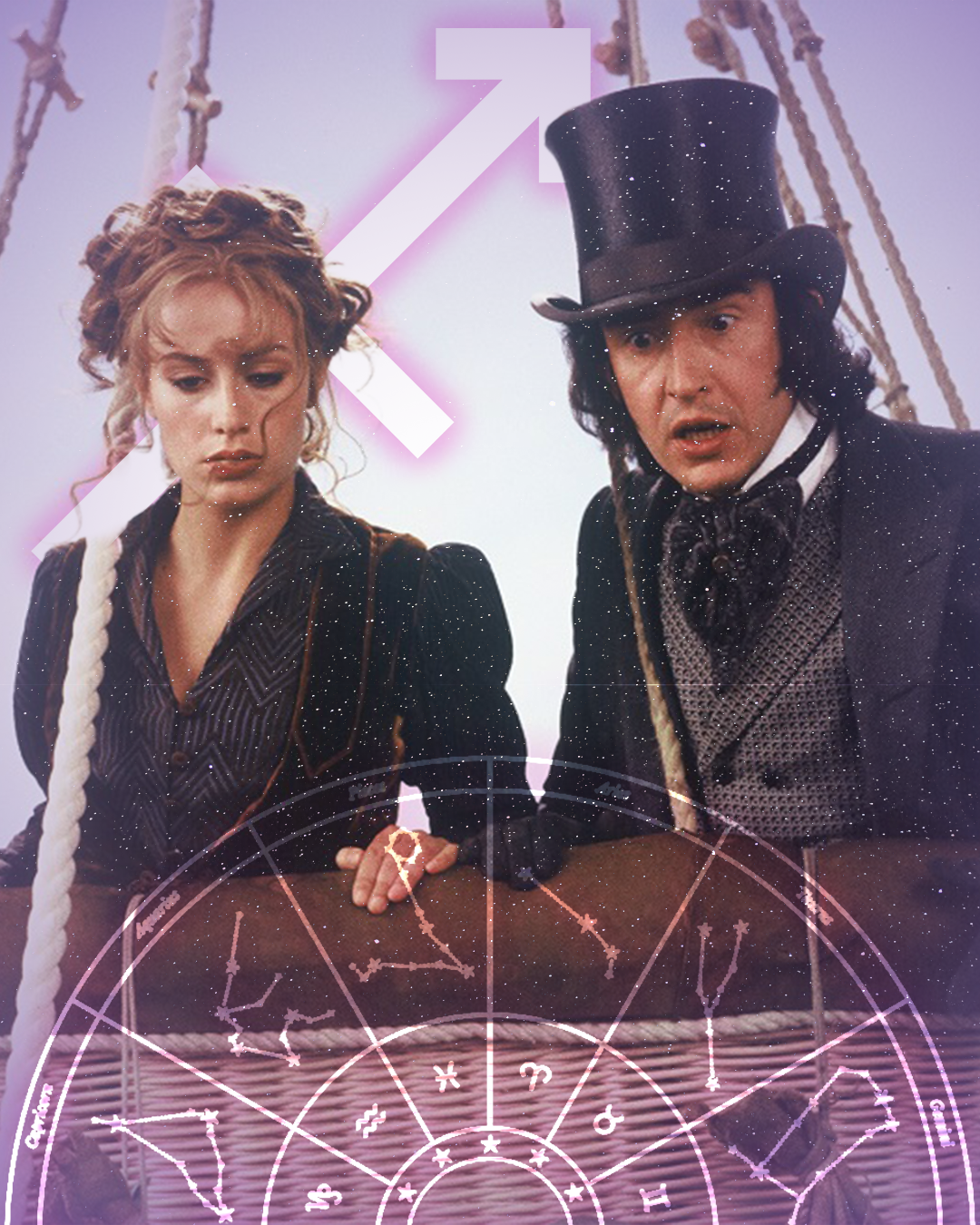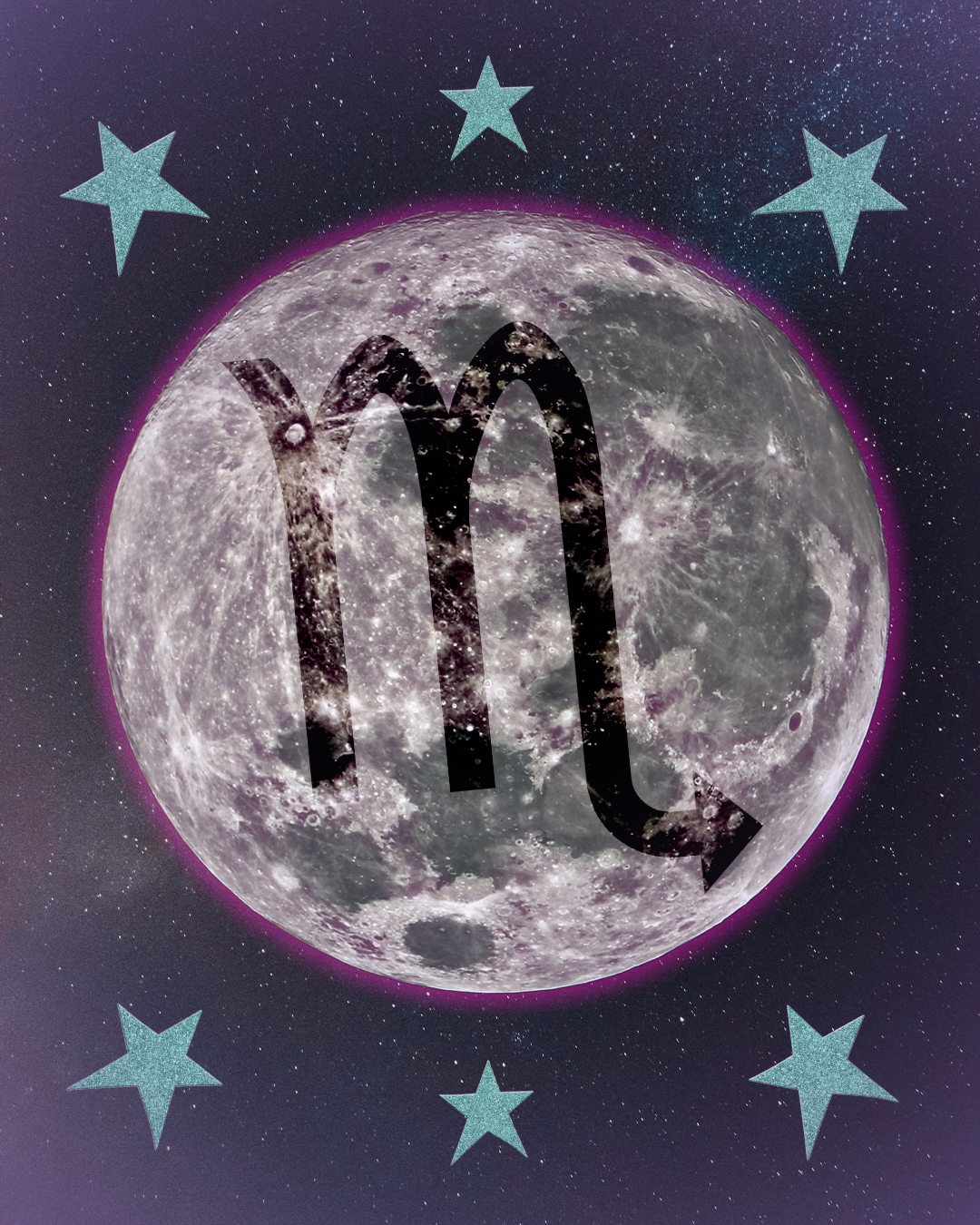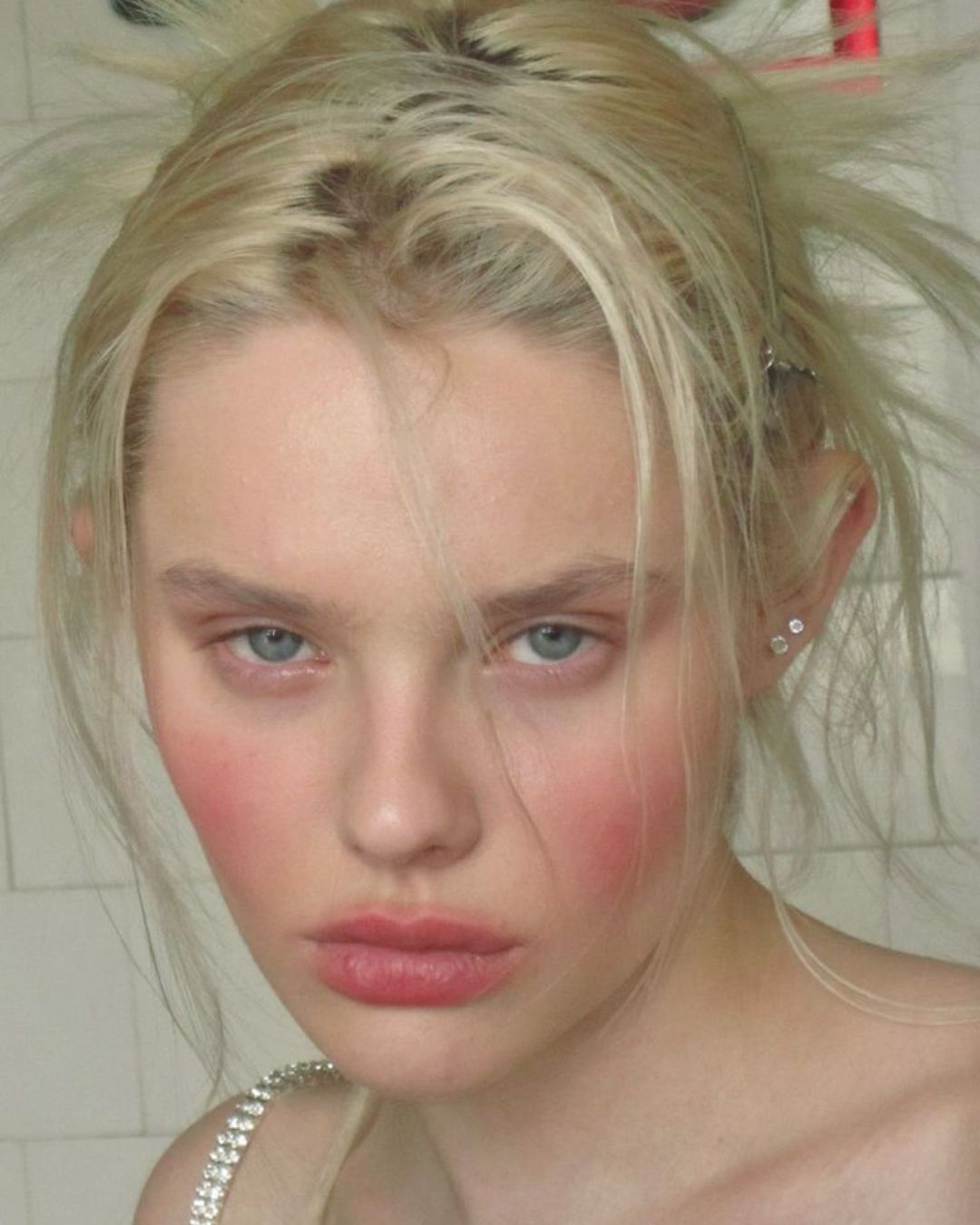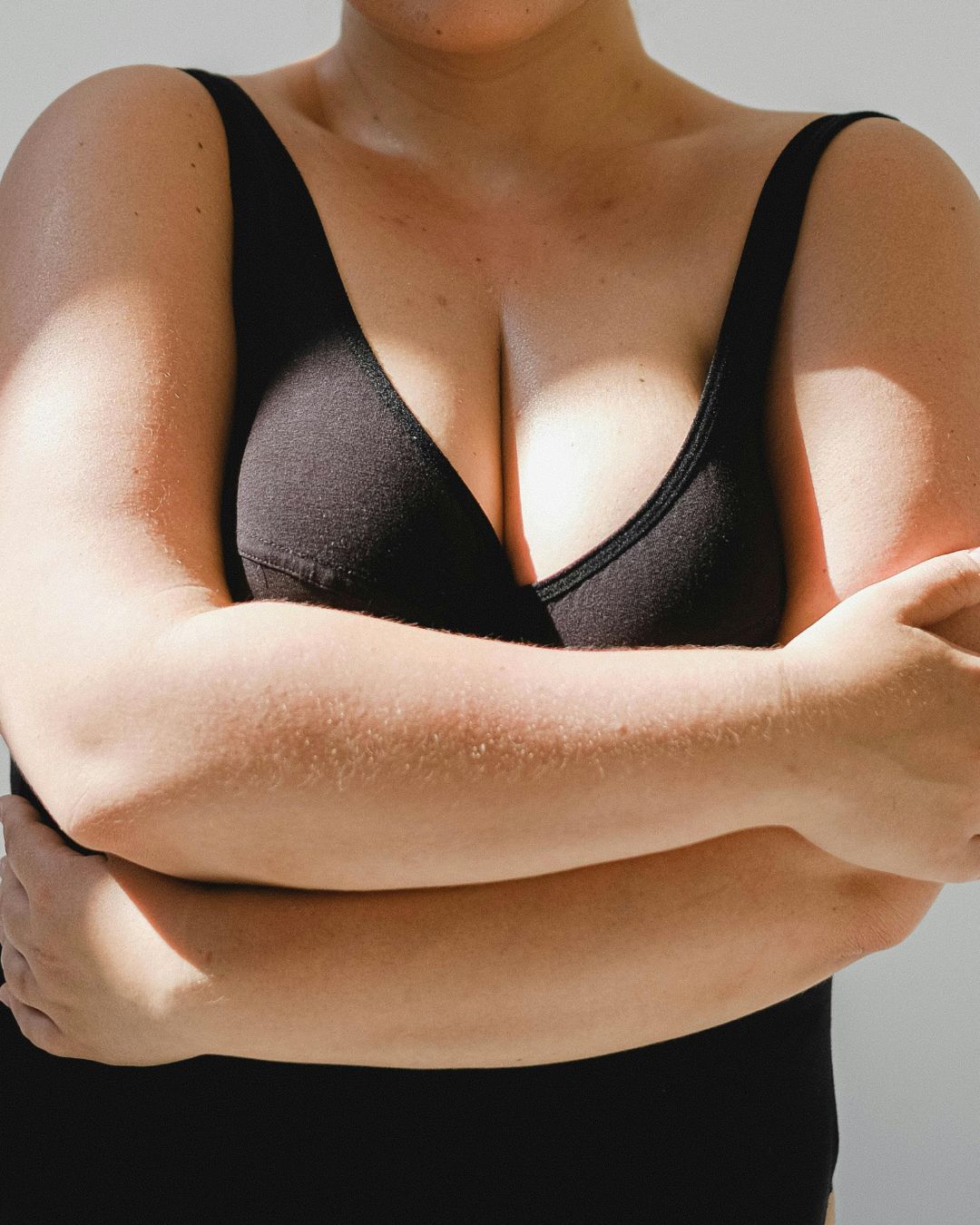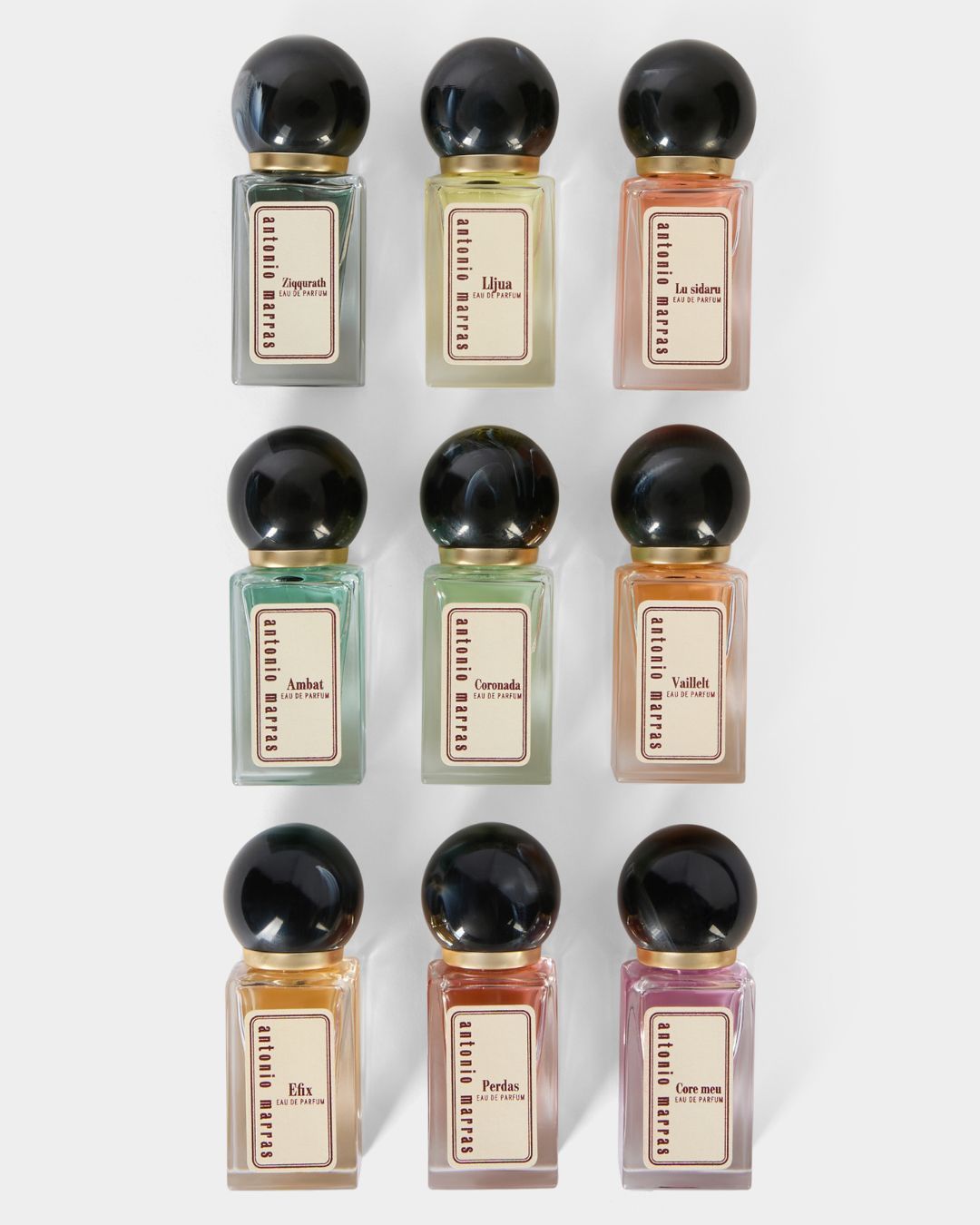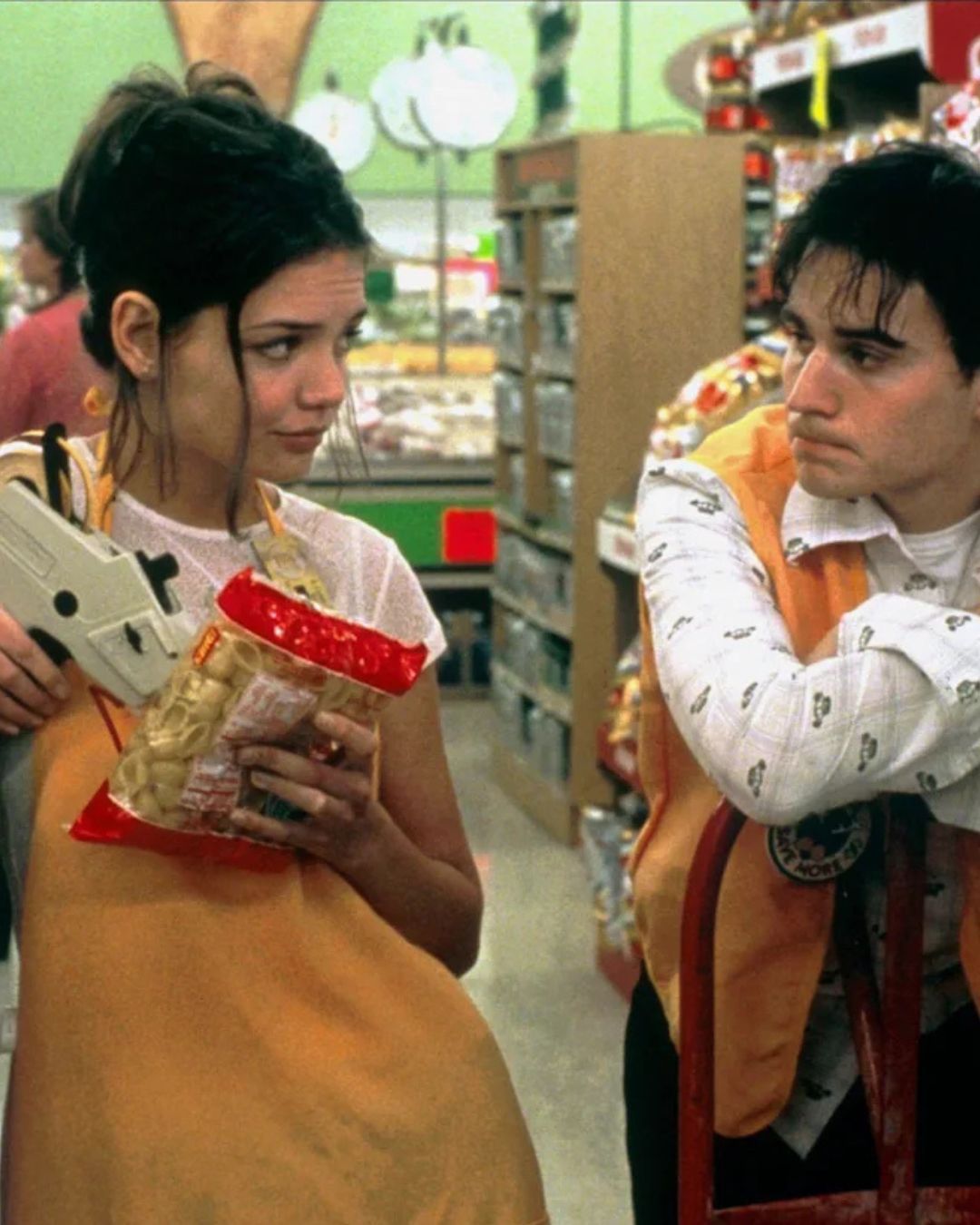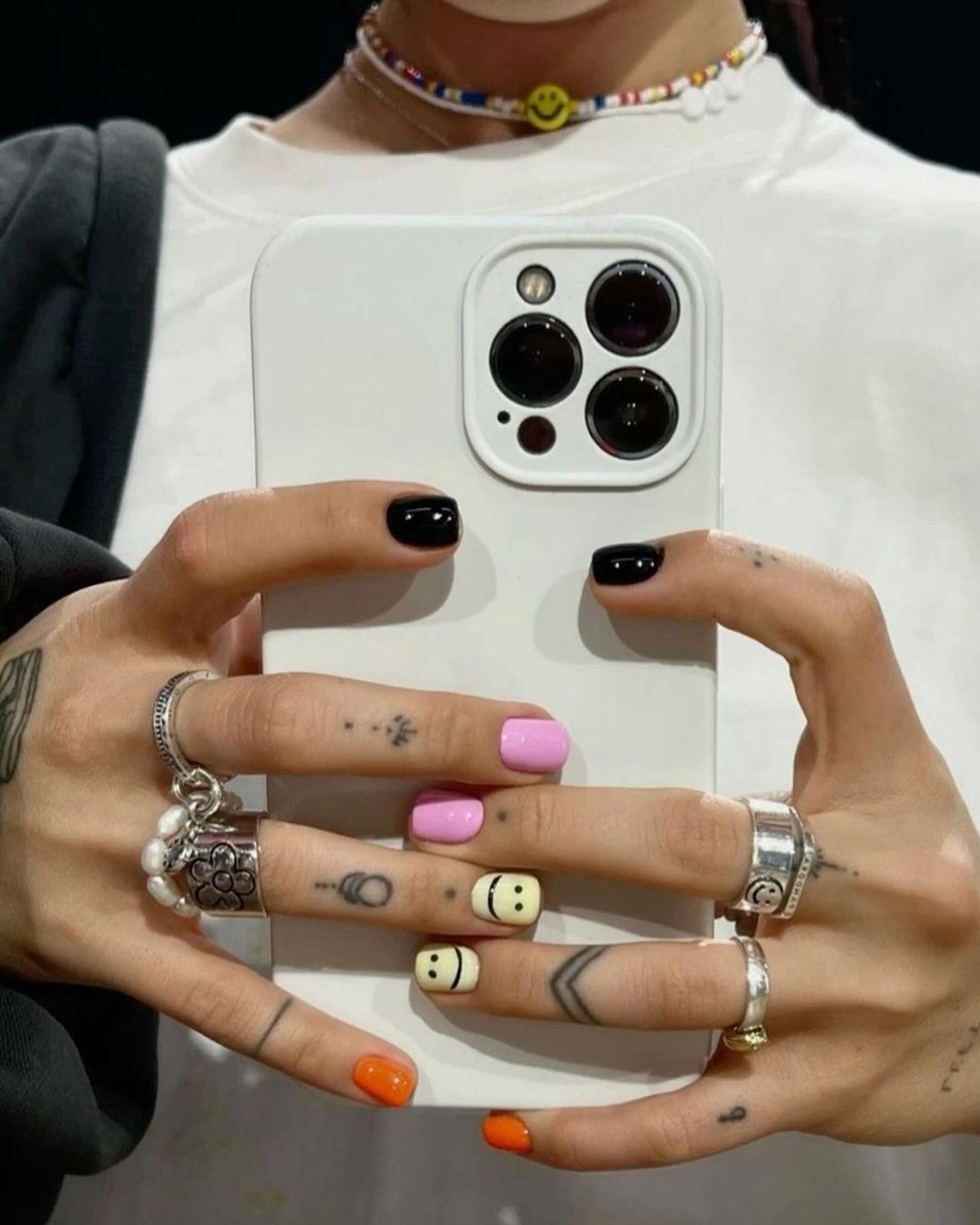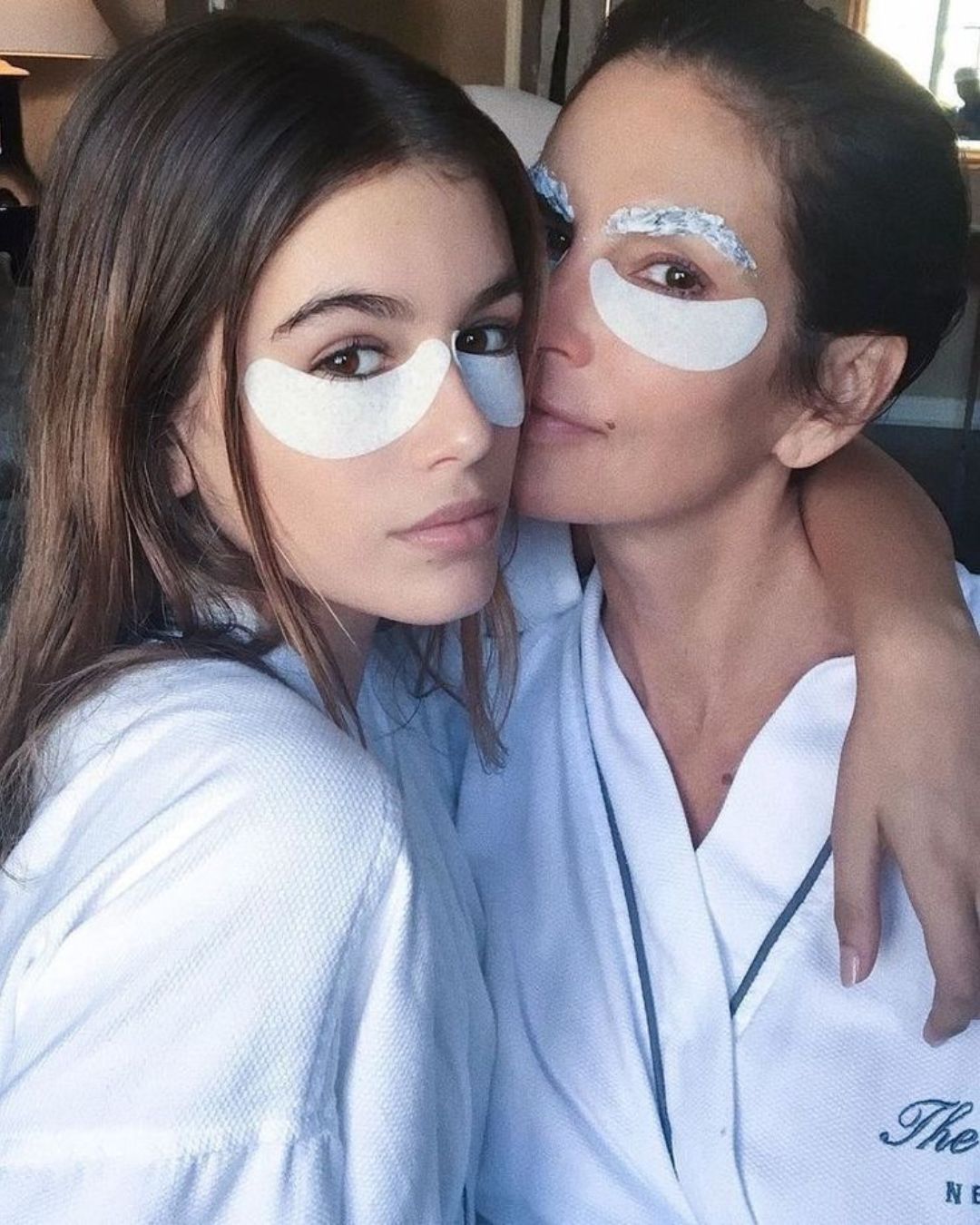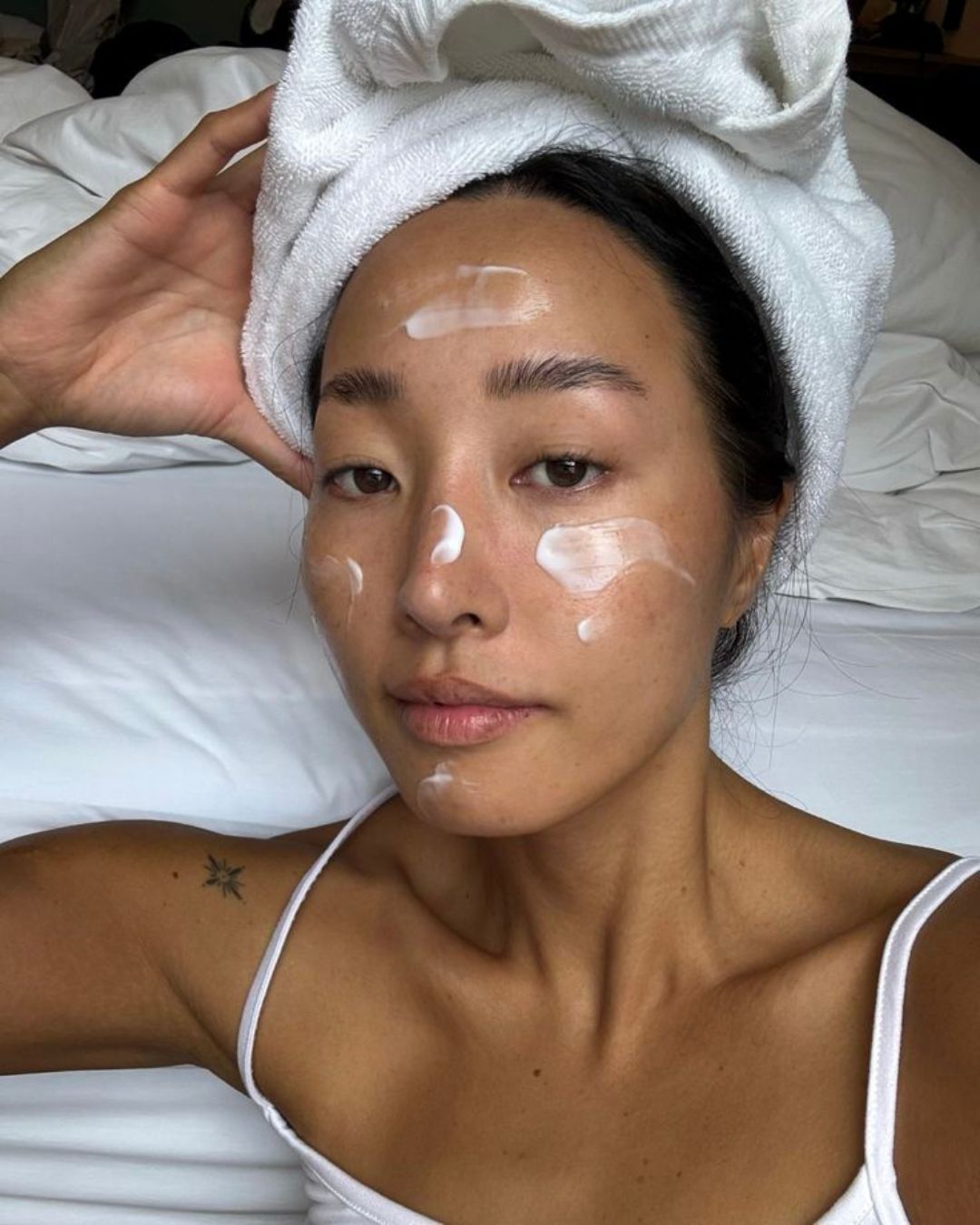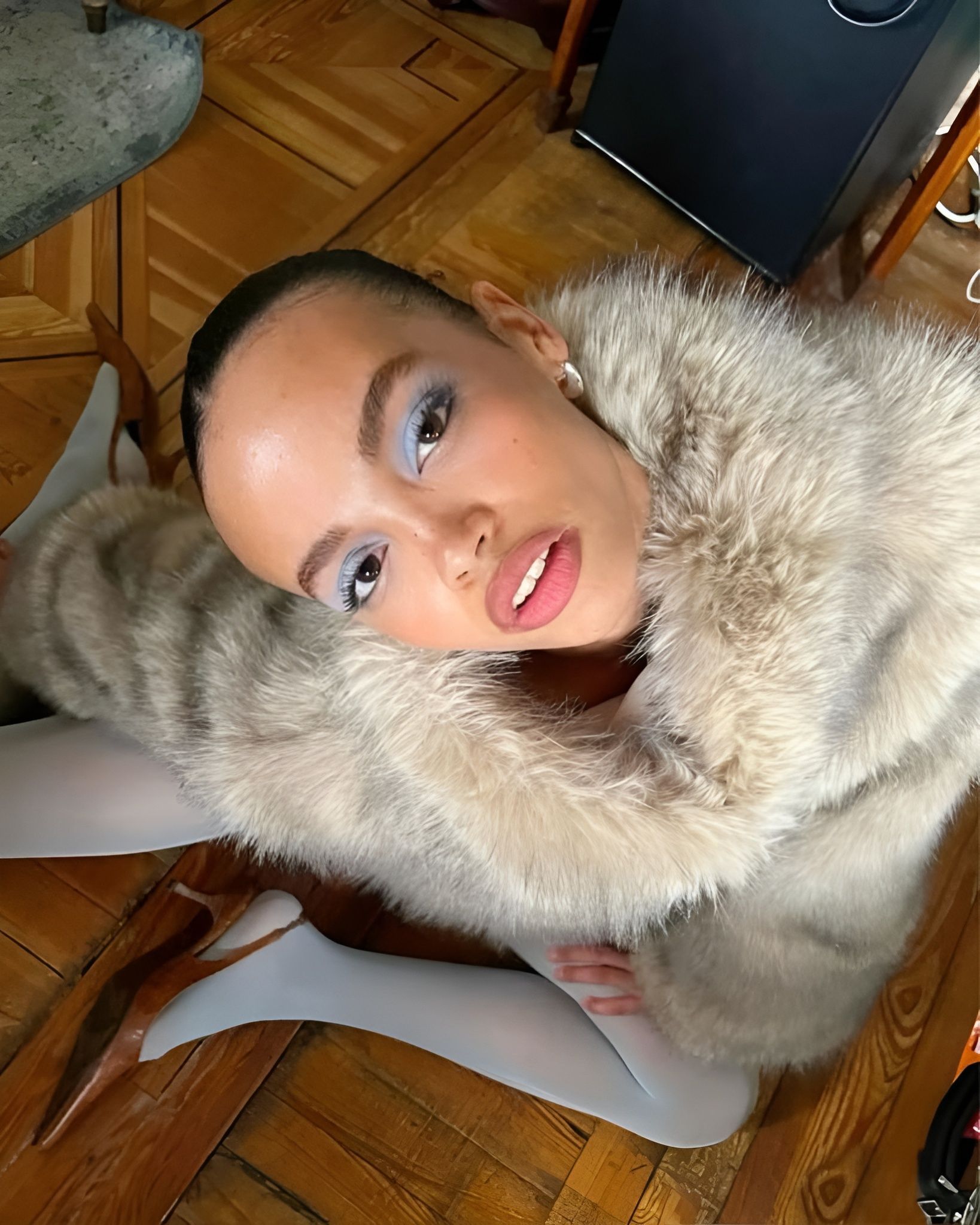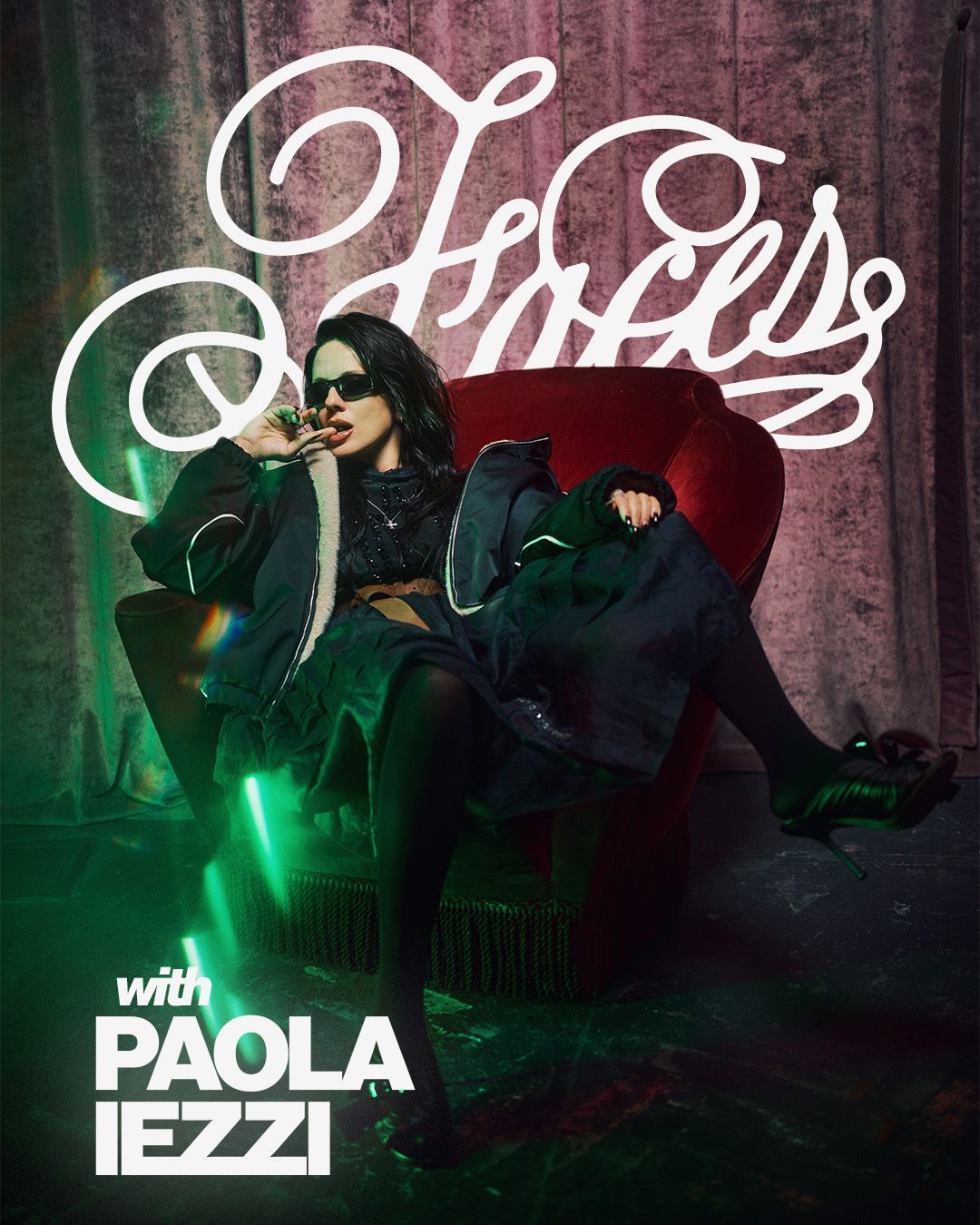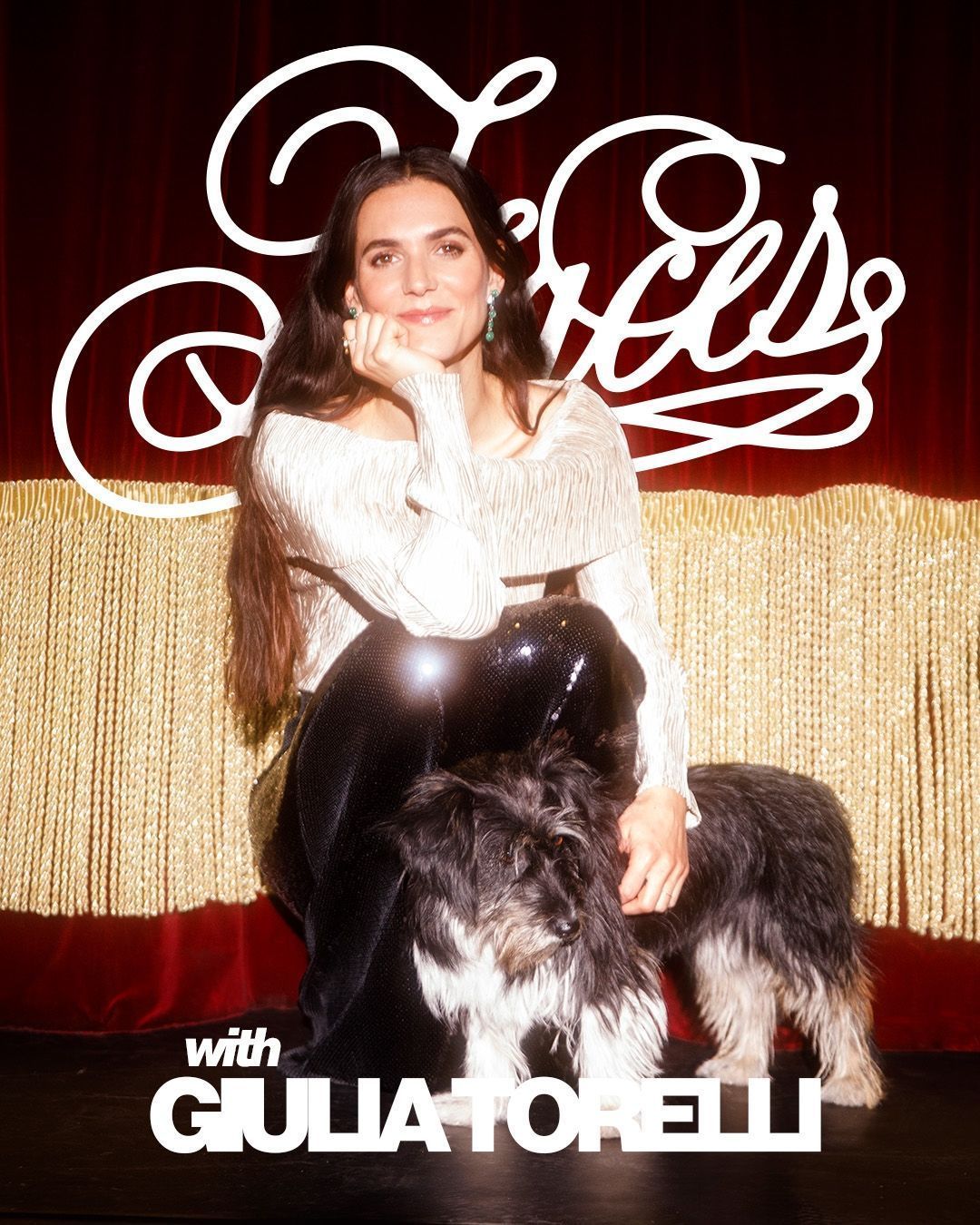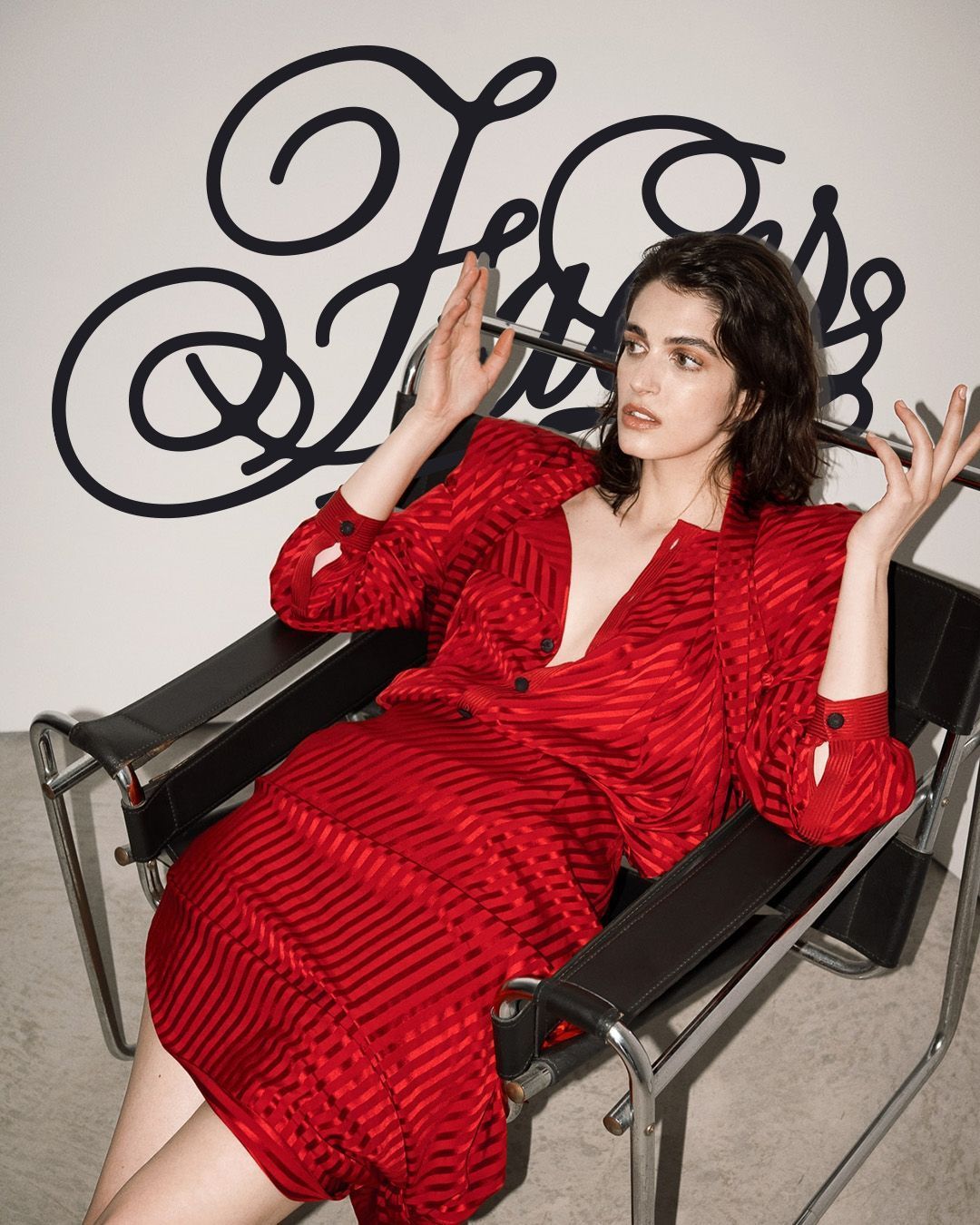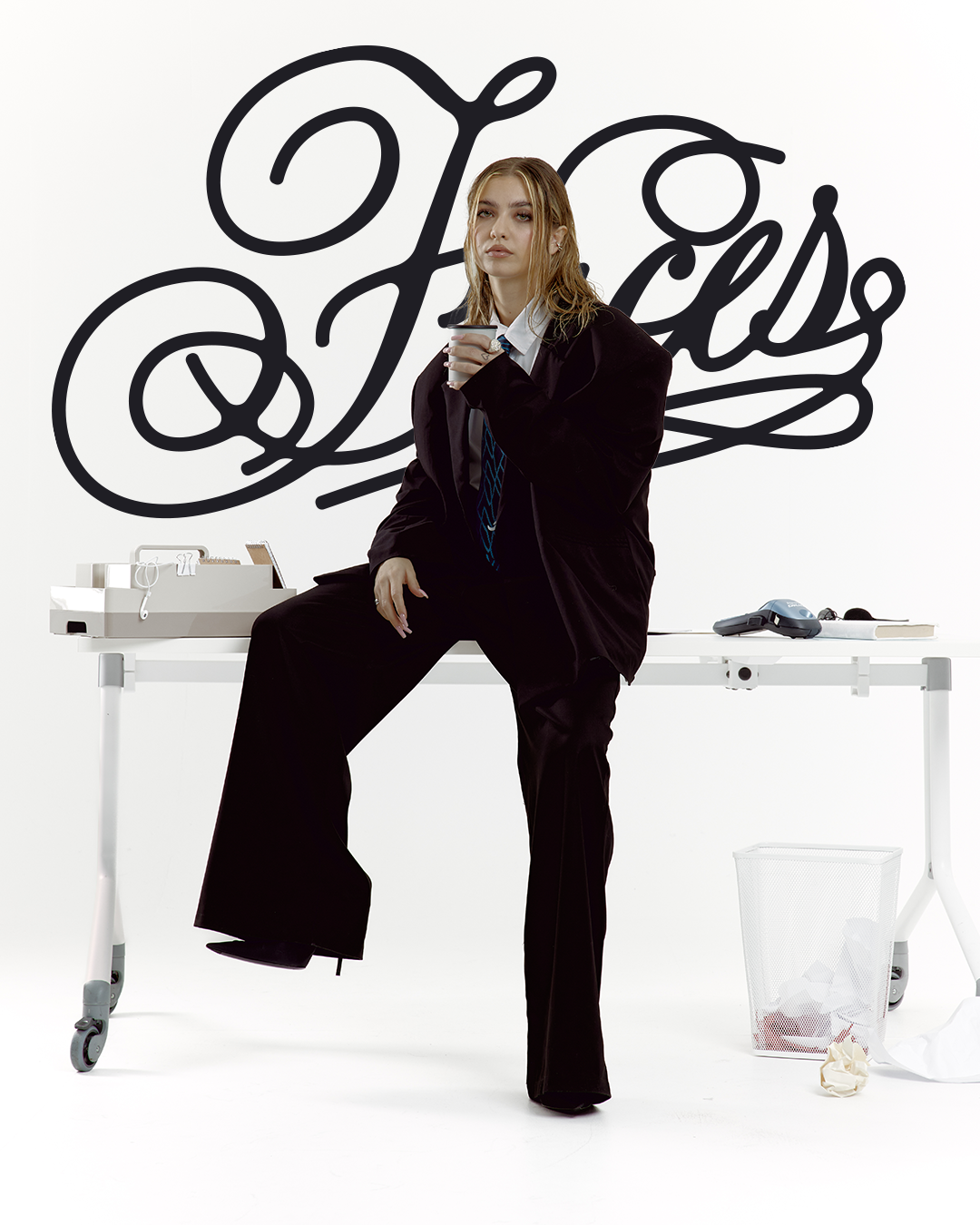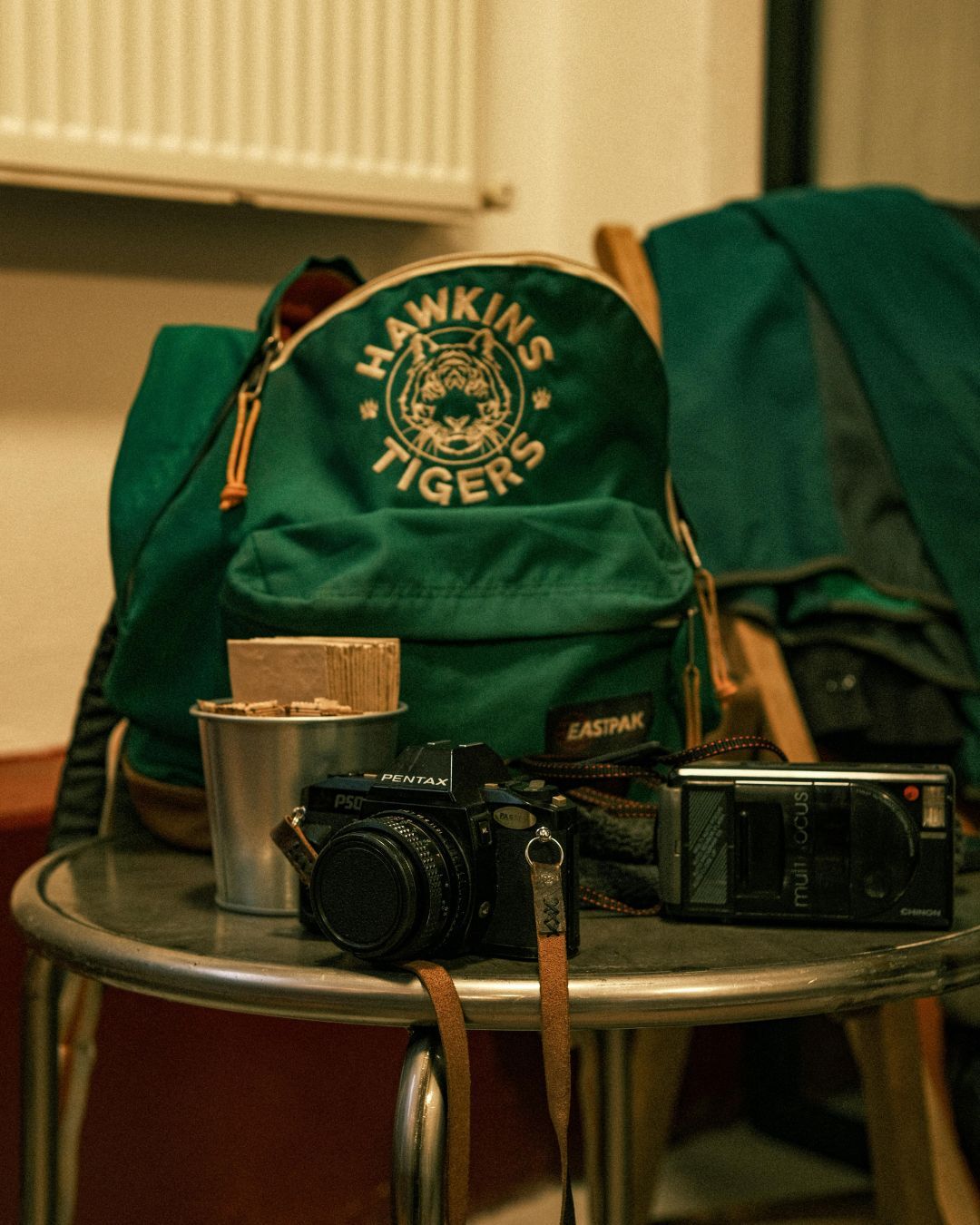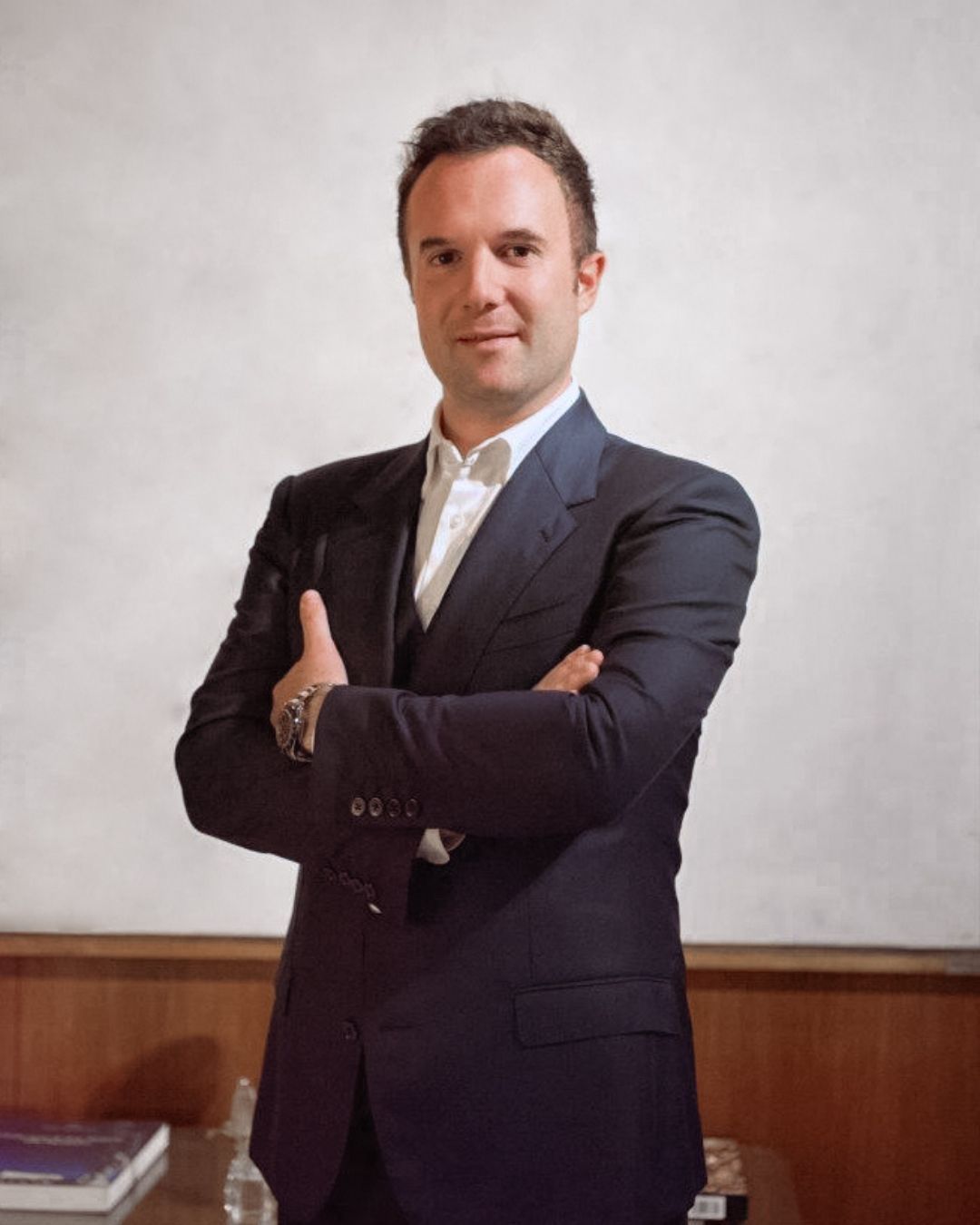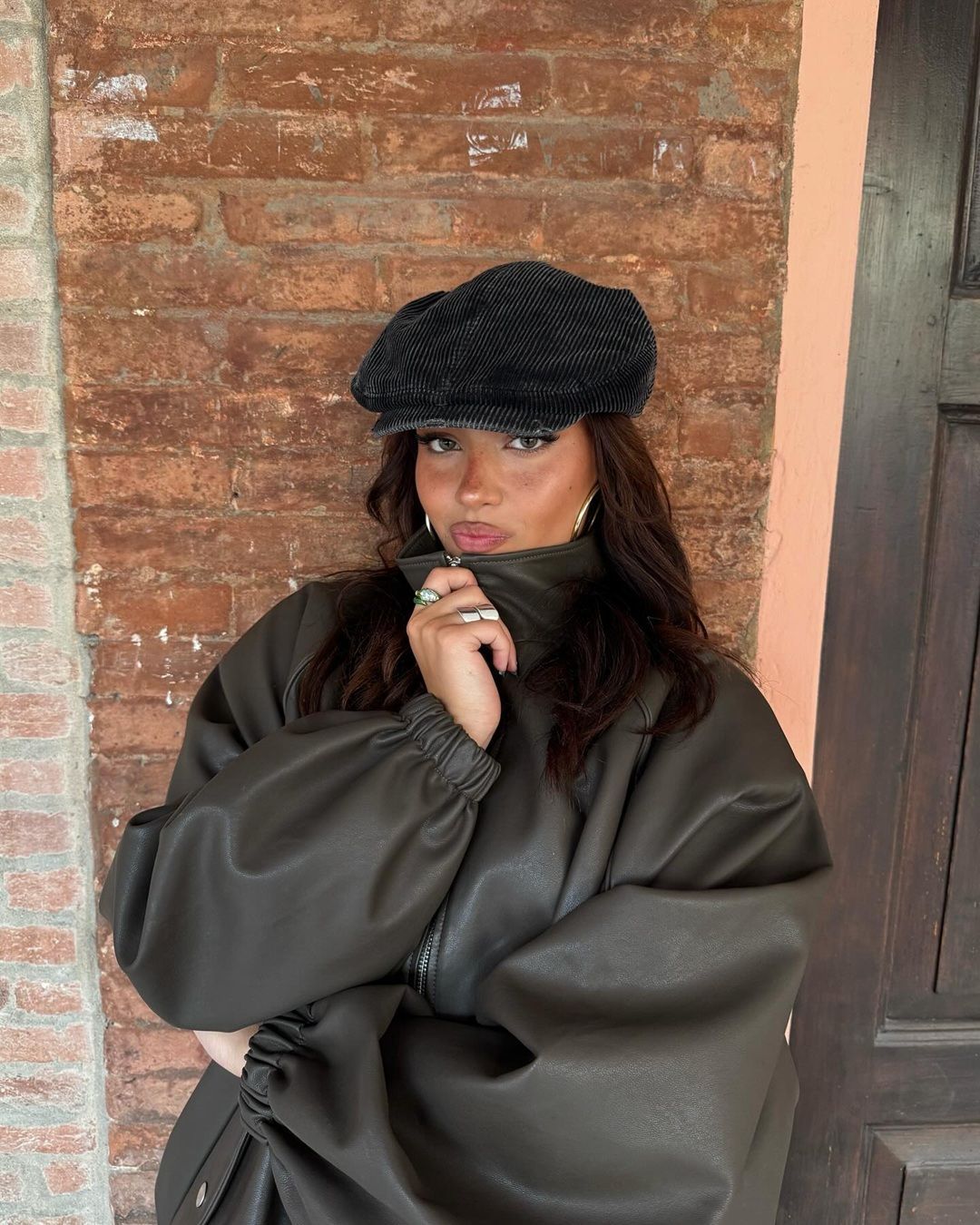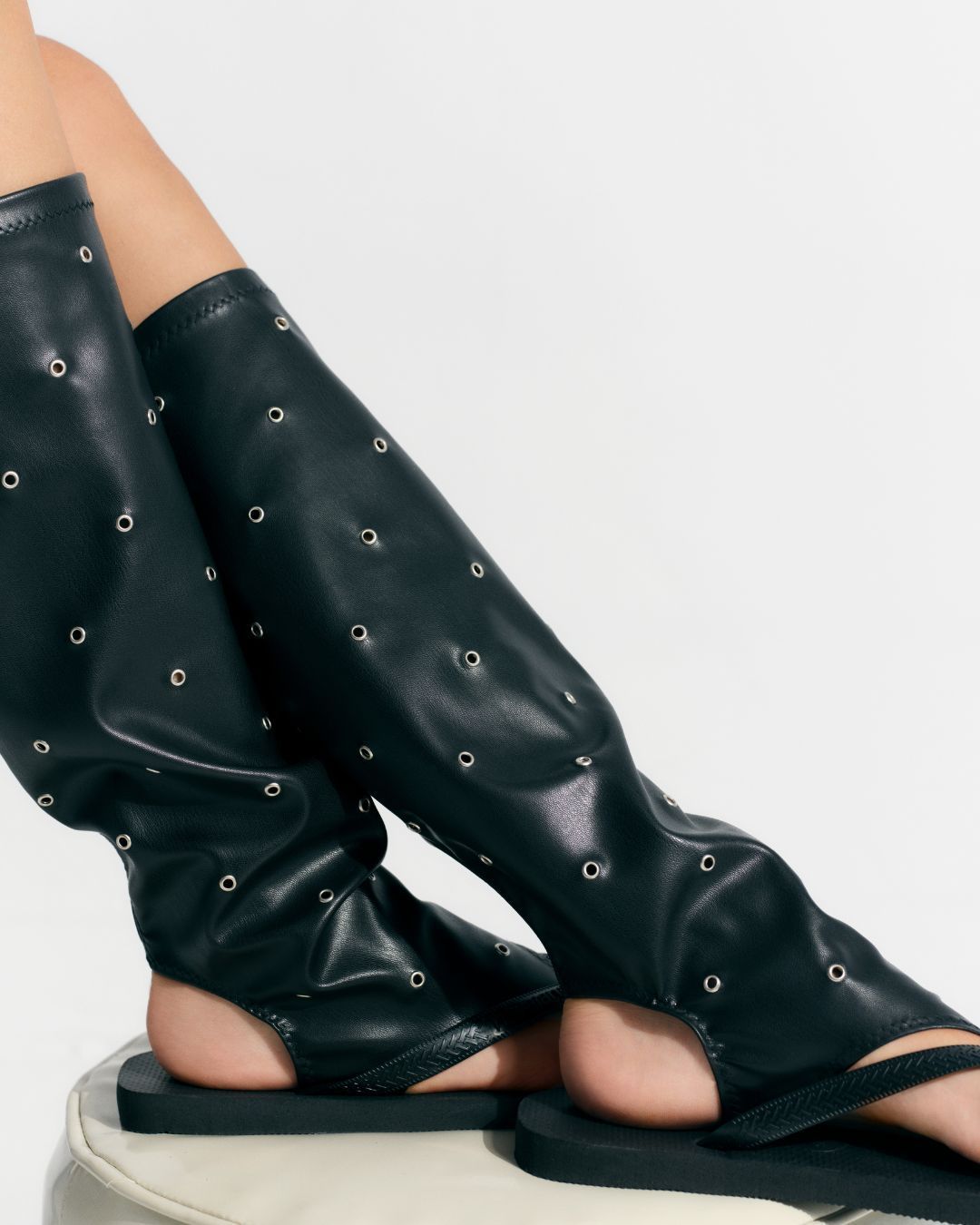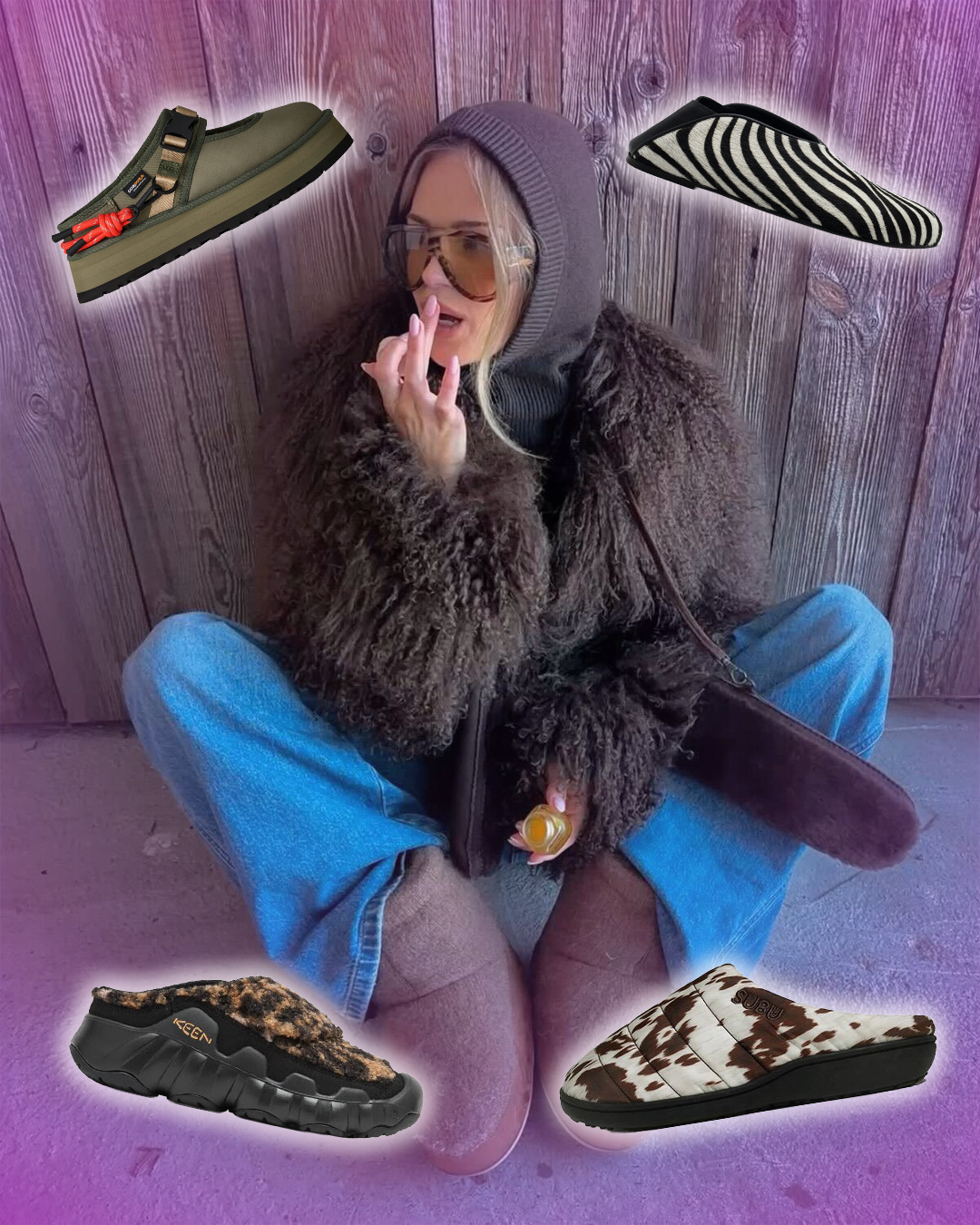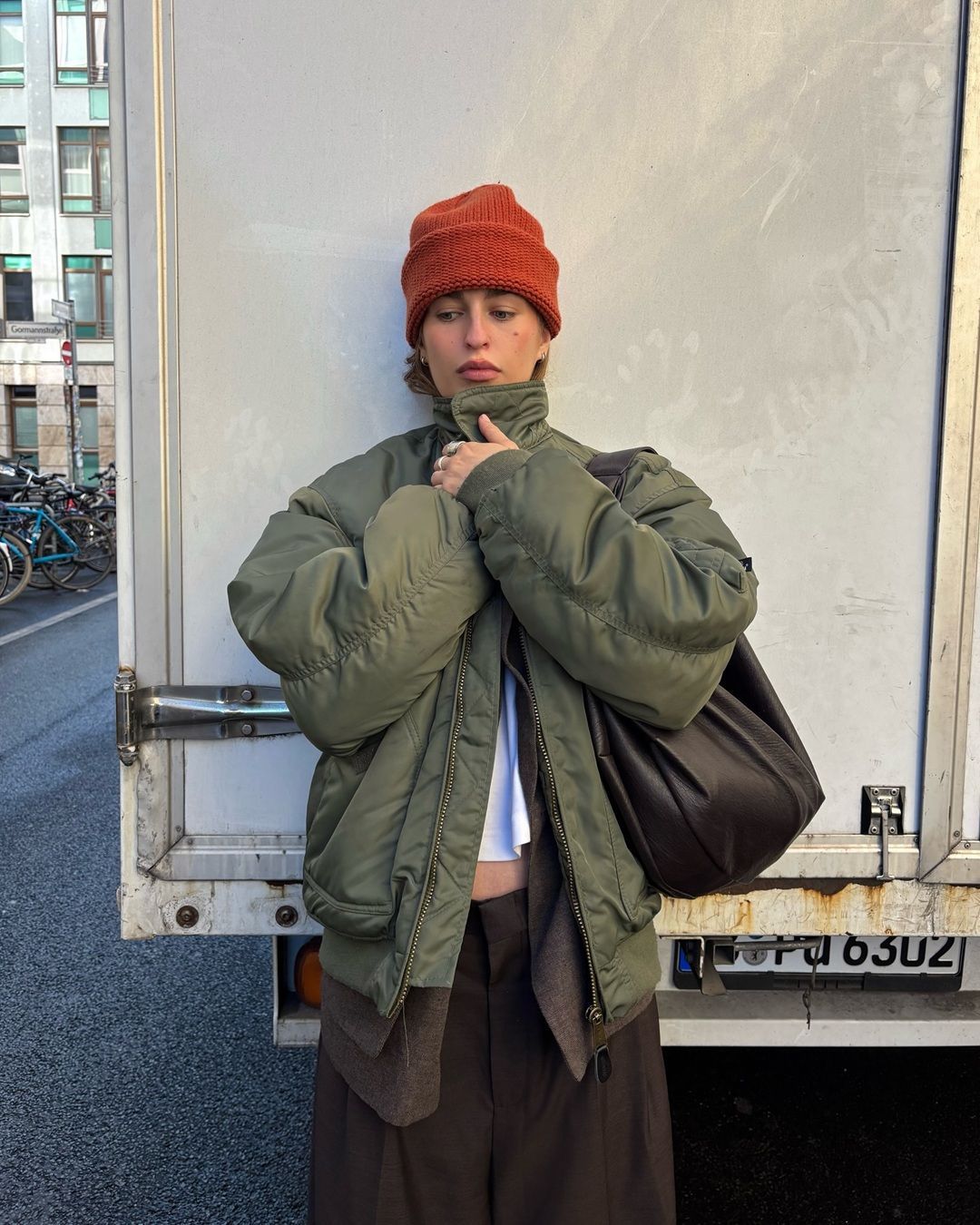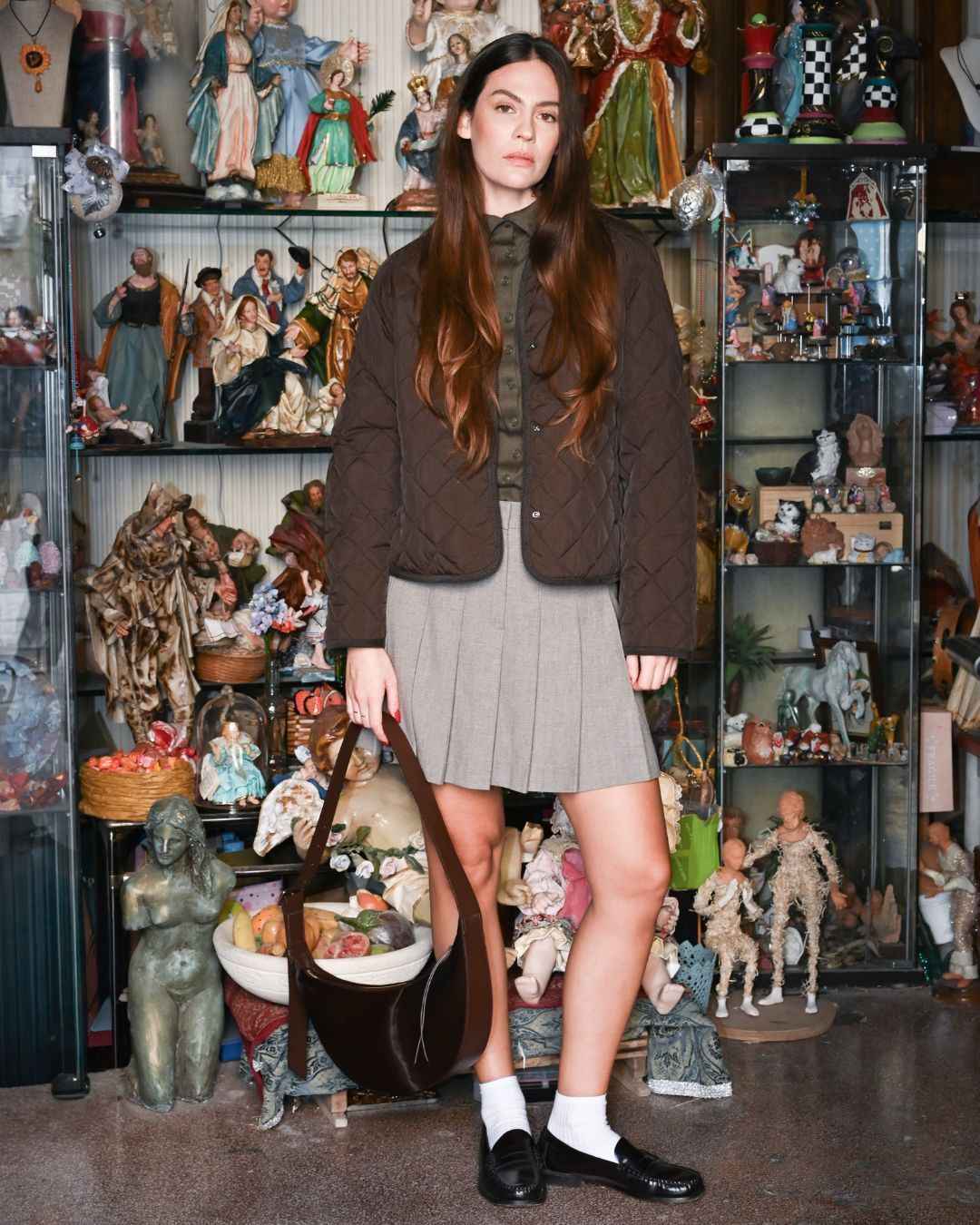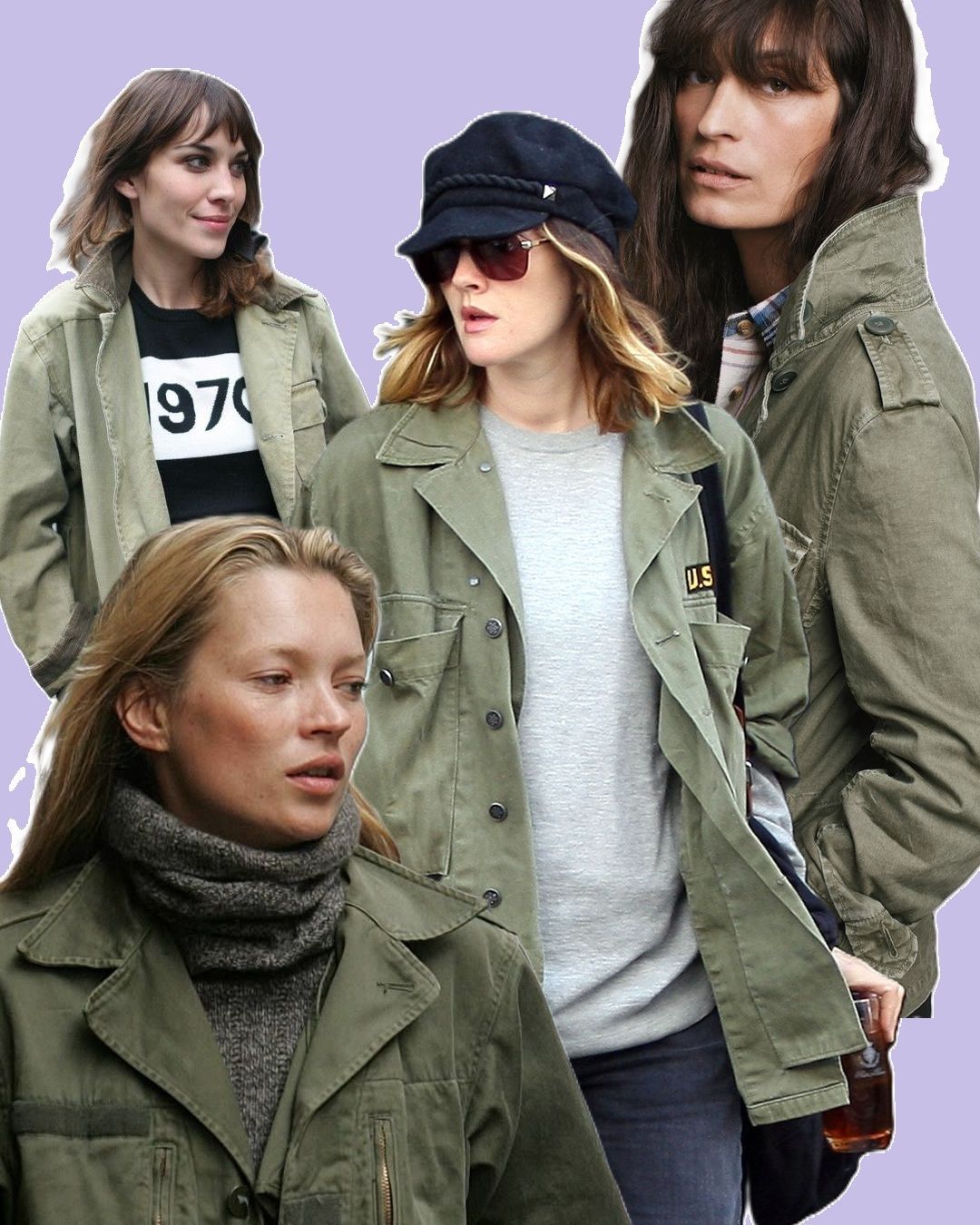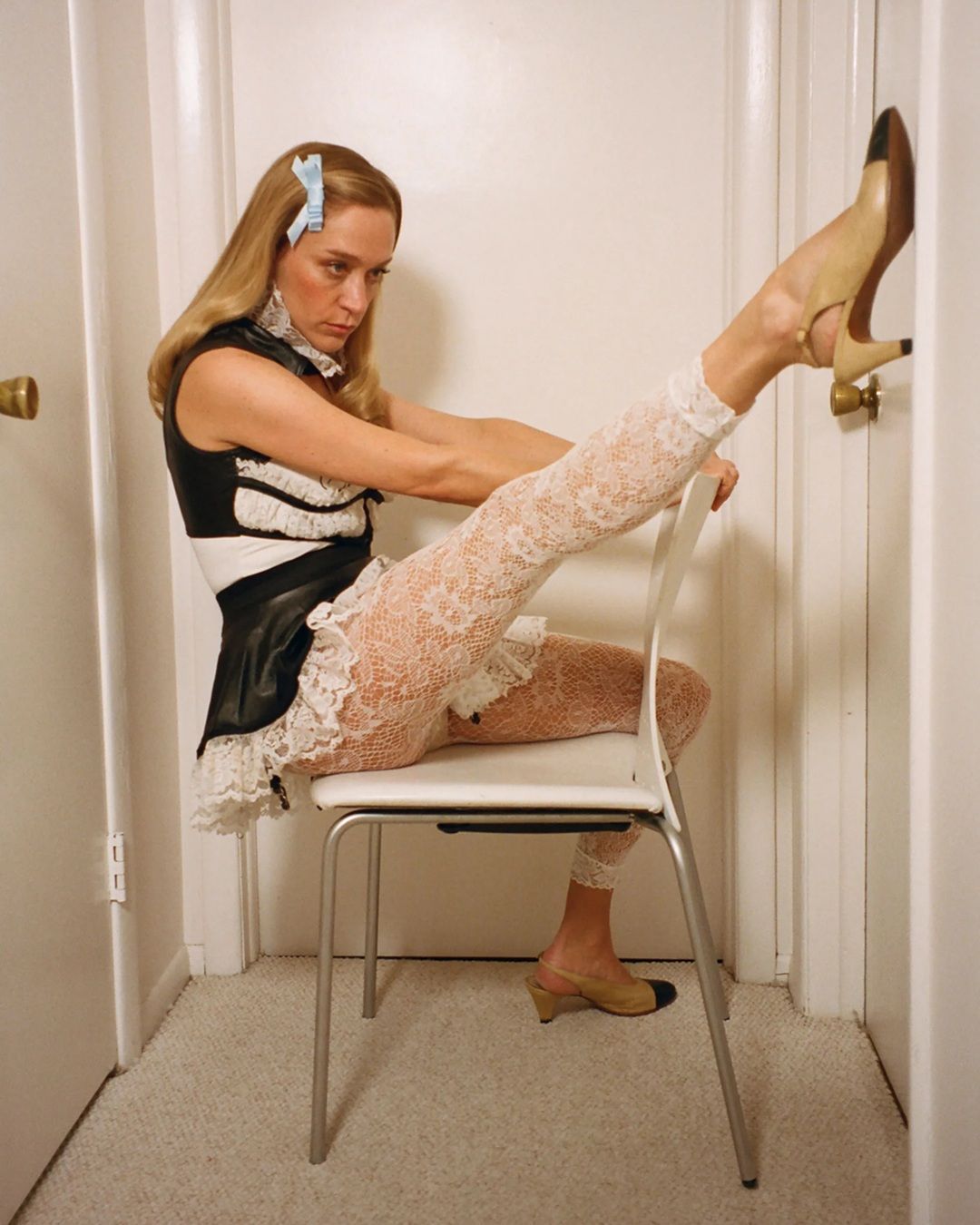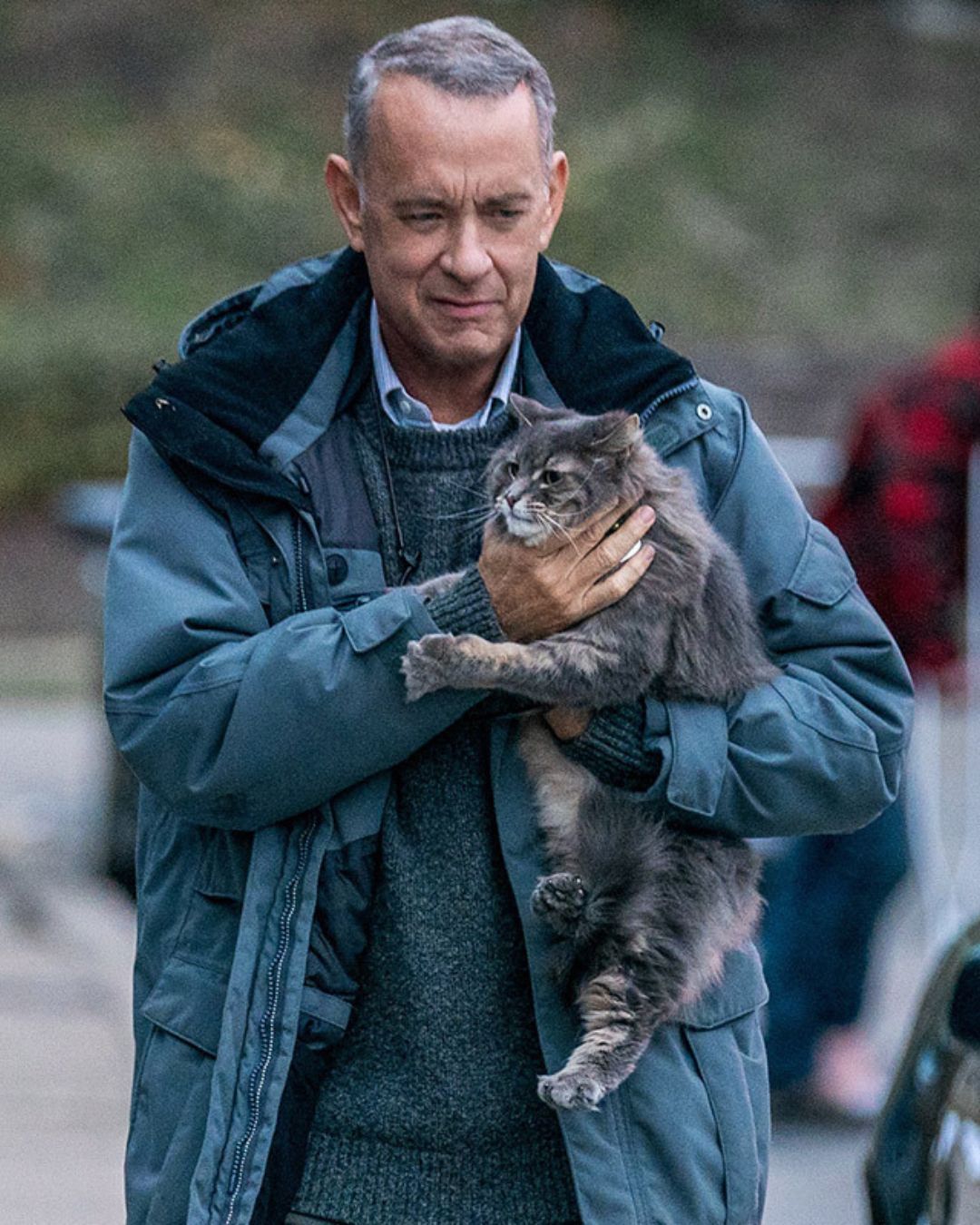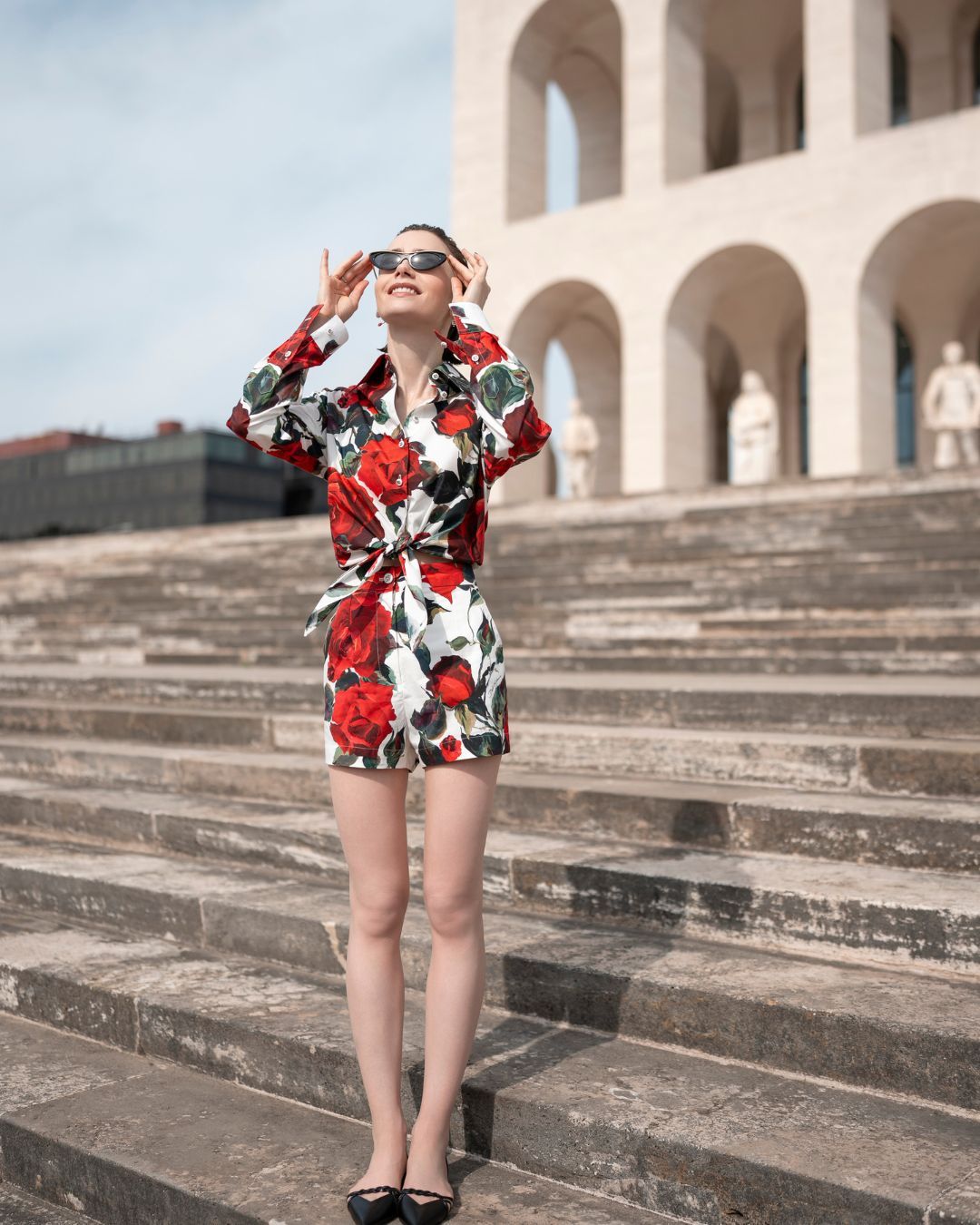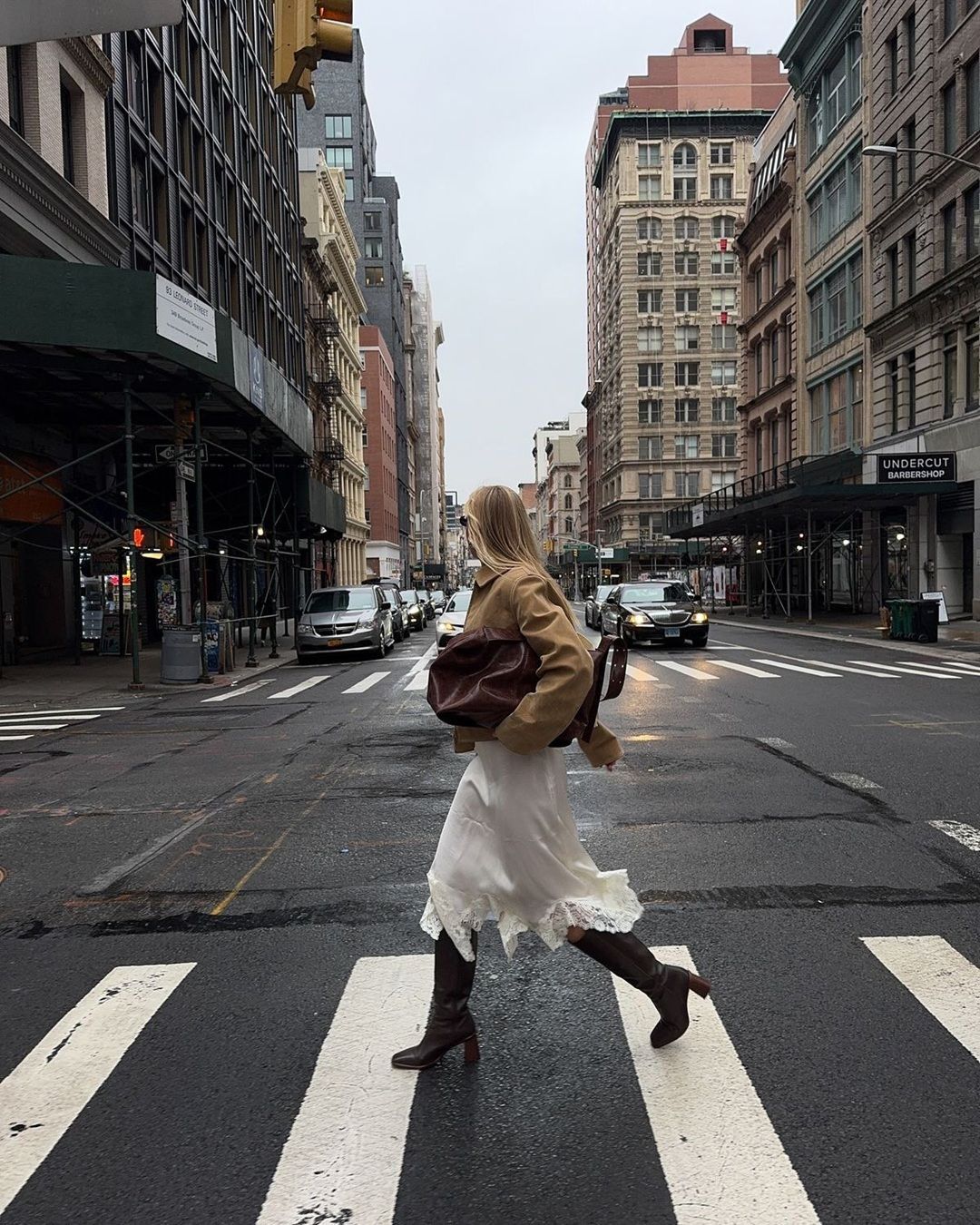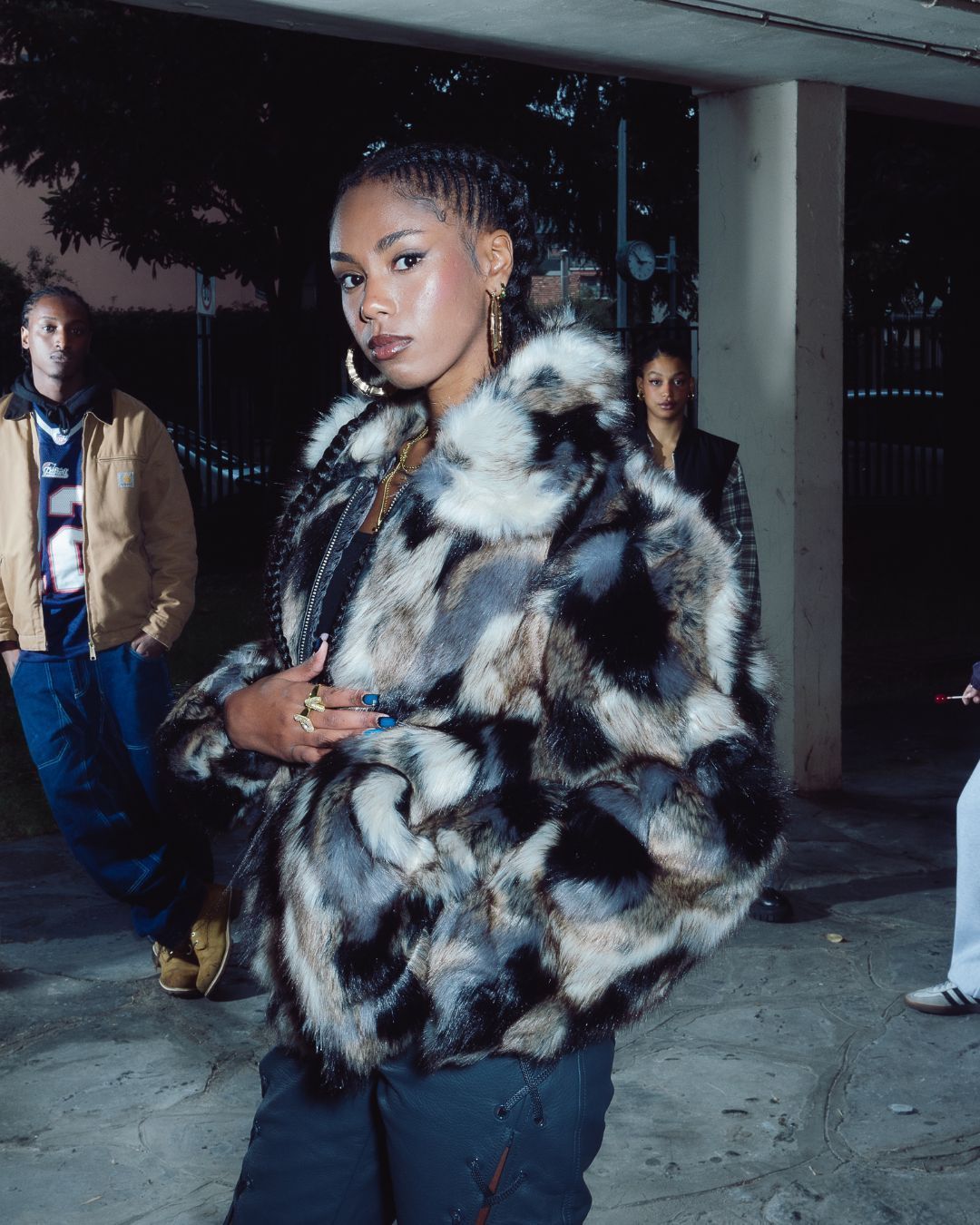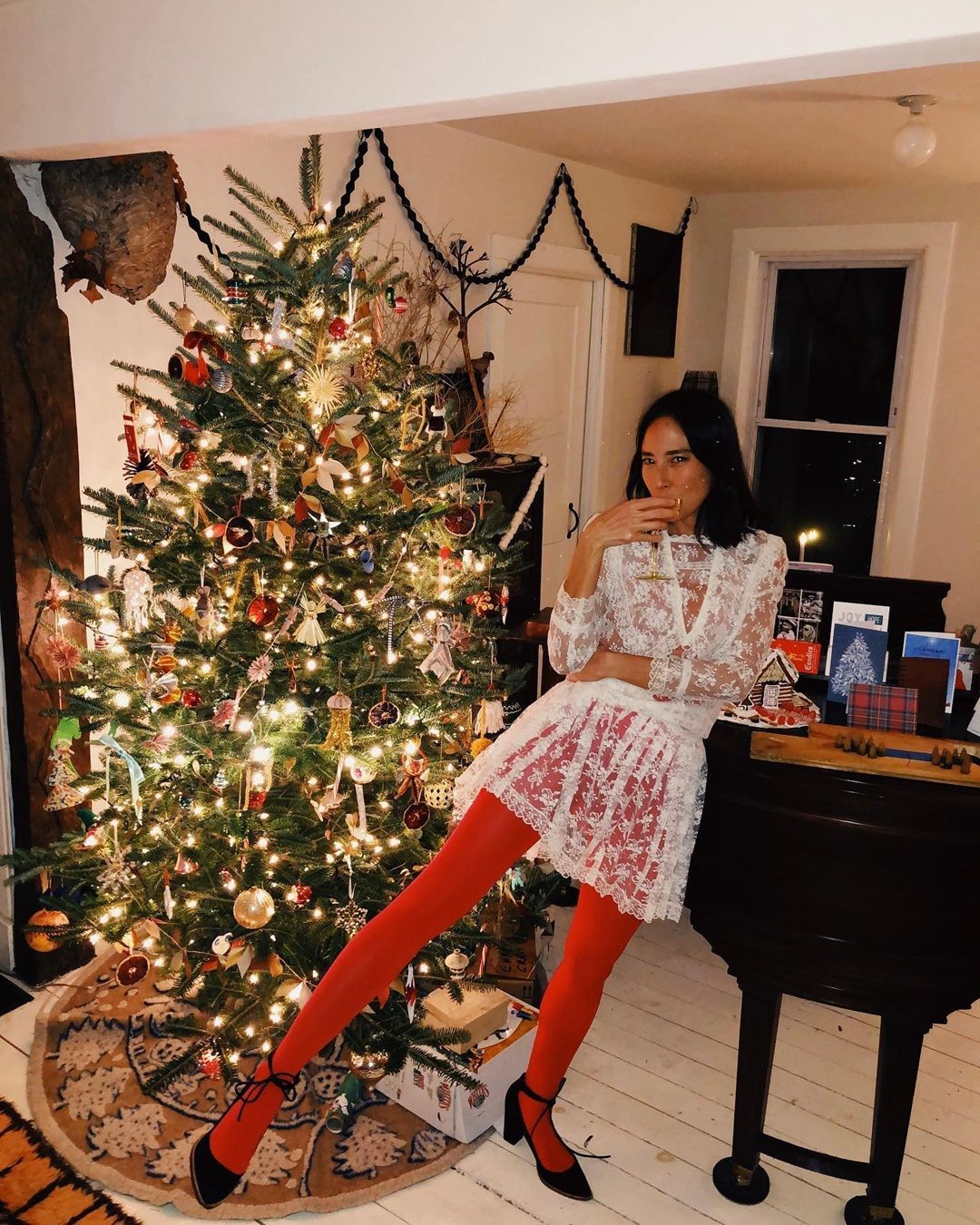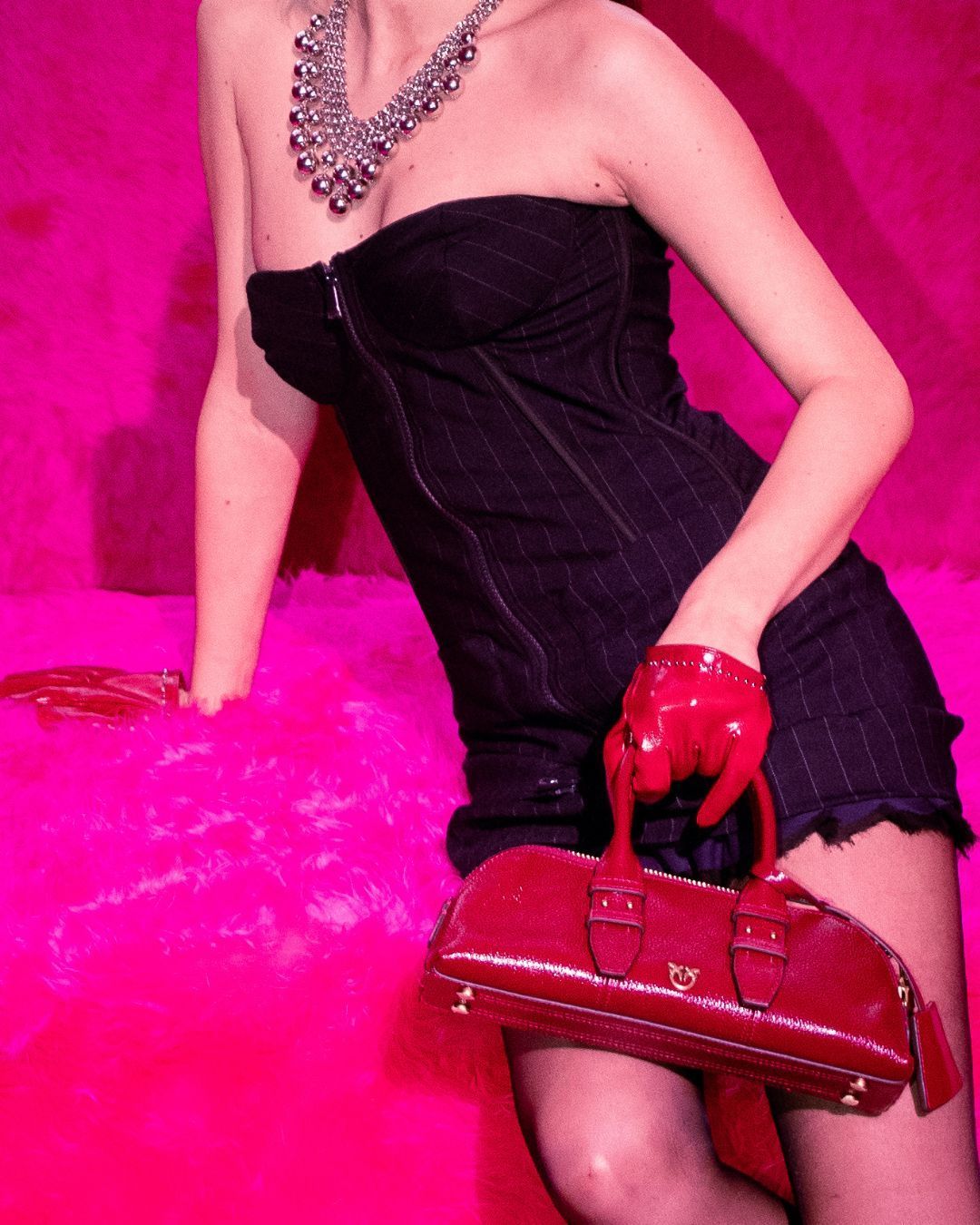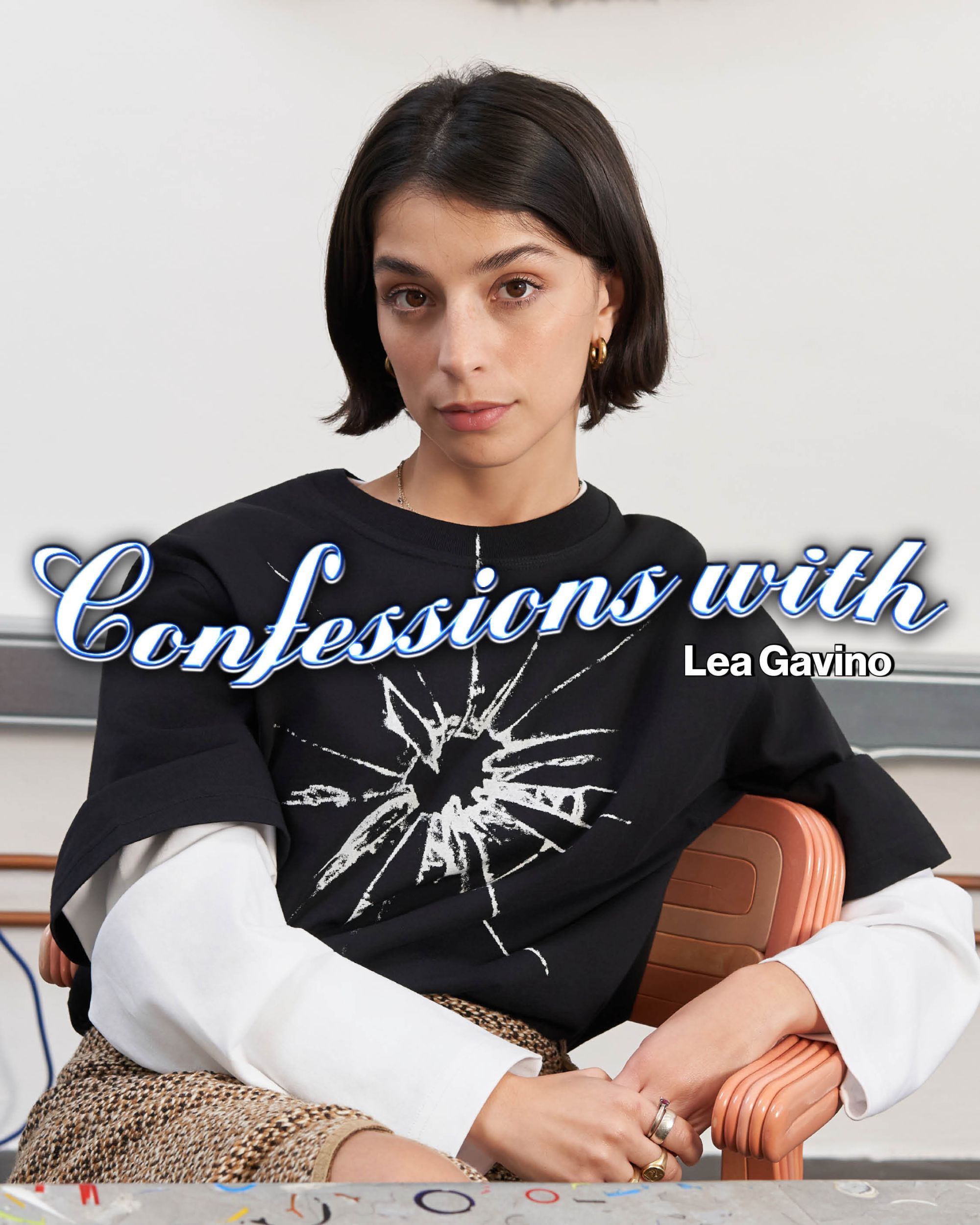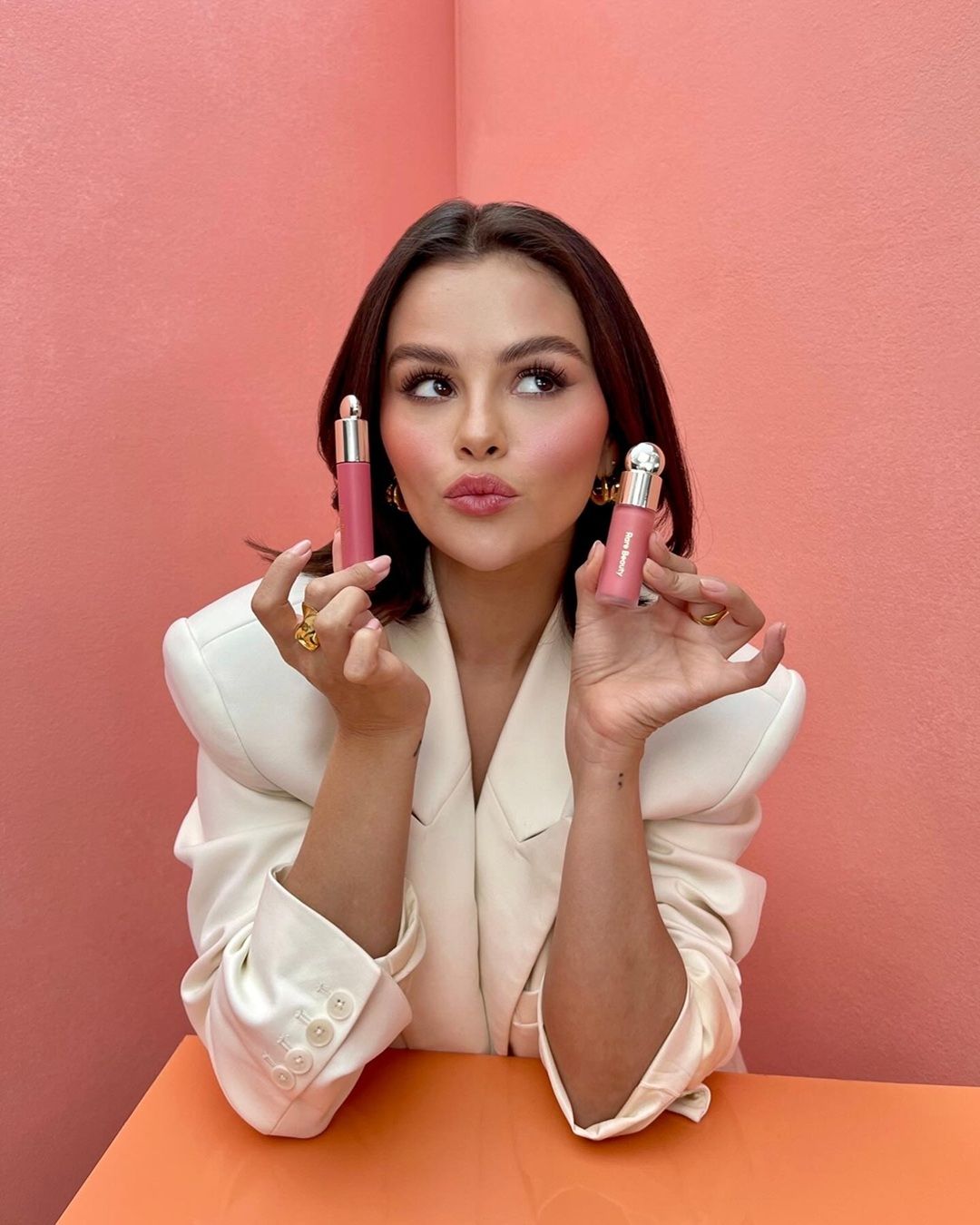
Rare Beauty is on Substack Selena Gomez's brand has chosen long-form storytelling to share special content and what goes on behind the scenes

In the contemporary digital landscape, brands are under increasing pressure to publish constantly, adapt to algorithms, chase TikTok’s instant engagement and Instagram’s vanity metrics. It’s an exhausting race where content gets flattened into a swipeable format, where every word is optimized for the algorithm before the human, and stories last fifteen seconds. Rare Beauty decided to step off the carousel and take a different path. The brand founded by Selena Gomez joined Substack, carving out a long-form editorial space within the beauty world, a direct channel where the tone is intimate and the content has time to settle. Far from conventional channels and the push logic of direct marketing, the Rare Beauty Secrets newsletter moves at a different pace. It’s not designed for real-time selling, but to build meaning over time. Through long, reflective, carefully crafted texts, the brand redefines what it means to communicate in beauty today: not just promotion, but storytelling. Not just exposure, but relationship. This isn’t a nostalgic gesture, it’s a strategic decision that places beauty in a broader cultural context.
A "semi-authorized," fully authentic newsletter
Rare Beauty Secrets is a curated newsletter, yes, but not corporate. It has a personal, intimate, deliberately unpolished tone. Signed by MacKenzie Kassab, Rare's Creative Strategy Director writing under the pseudonym Rare Insider, it takes the form of an open journal. It offers behind-the-scenes stories of product creation, explores mental health, answers personal questions, and reveals the real faces behind the logo. There is no urgency or hype. Kassab shares reflections that drift between the personal and the strategic. It’s about conversations sparked during meetings, creative doubts, insights that become products. It reads like a clear, affectionate chat with a friend who doesn’t want to impress you, but comfort you. Yet behind the apparent understatement lies a precise strategy: to create a natural extension of the brand’s identity, a project where form follows content, and content responds to a logic of relationship more than conversion. With Substack, Rare Beauty proves that branded content doesn’t have to sound like advertising.
From blush to cookies: product storytelling
The newsletter penned by Kassab doesn’t follow the typical beauty brand script. There are no clickbait headlines or disguised buying commands. There are stories. How was the Soft Pinch Bouncy Blush born? Yes, inspired by cookies. What does it mean to grow up in a family that wanted you to be a lawyer while you dreamed of becoming an activist? Or what really happens on set during a photoshoot? Each post is an open window into the behind-the-scenes, but also a mirror in which readers can see themselves. “We don’t think about a demographic target,” Kassab says. “We think about anyone who’s curious, anyone who wants to understand how a brand like Rare really works.” This choice transforms cosmetics from function into experience. The act of putting on make-up is portrayed as an emotional, ritual, meaningful gesture. Rare products become storytelling tools, protagonists in a broader narrative of the brand.
Substack as a cultural space, not just marketing
While many companies chase the “next big thing” across social media and viral platforms, Rare Beauty chooses a reverse path: a digital space where time is not just a metric to optimize but a value to honor. It’s a rejection of disposable content, of feeds that scroll too fast to leave a trace. “I pay attention to attention,” said Katie Welch. Rare’s CMO recalls being inspired by independent creators like Megan Alida Strachan and Katie Sturino, who use Substack to build deep communities. Rare chose to do the same, with a twist. Instead of positioning itself as a brand speaking to consumers, it stands with them, almost like a creator among creators. The newsletter is written in-house, nimbly, by a Rare insider, with no agency involved. It’s a form of disintermediated communication, closer to a diary than a press release. And that’s exactly why it works.
Loyalty built through words, not promotions
The numbers speak for themselves: between 20,000 and 25,000 views per newsletter, with 17% of readers discovering Rare Beauty Secrets via Substack’s internal search. As noted by Vogue Business, this means the newsletter has organic reach and can attract interest beyond its established fanbase. But beyond metrics, there's something more compelling: the quality of the relationship built through the newsletter. Rare doesn’t promise loyalty points, doesn’t distribute discount codes, doesn’t push for clicks. Instead, it offers content with narrative weight. Posts like “Are You a Good Friend?”, published during Mental Health Month, invite reflection on human connection. Or stories from the Rare team’s daily life, turned into micro-lessons on empathy, passion, and vulnerability. In these moments and thoughts, apparently lacking immediate commercial purpose, emerges one of the most evolved forms of brand loyalty. Readers of Rare Beauty Secrets don’t feel part of a campaign but of a context. Loyalty is born from trust, and trust is born from transparency, intelligence, and consistent storytelling.
Marketing strategy or culture?
The beauty of Rare’s Substack strategy lies in this: it doesn’t look like a strategy. And yet it is. A form of SEO-aligned marketing fueled more by listening than imposition, collecting insights from an Instagram comment and turning them into a 1,500-word story. A brand that produces everything in-house, staying agile and free to pivot based on real feedback. It’s a “creator-first” strategy, more than a traditional brand one. And maybe that’s why it works with Gen Z, those who grew up with Selena Gomez and now seek brands that reflect lived experiences, not just aesthetic aspirations. Over time, Rare Beauty Secrets may become one of the brand’s most important assets because it’s a coherent and accessible record of Rare’s vision, accumulated newsletter by newsletter, showing how the brand thinks, feels, creates. In a hypothetical scenario where Rare opens to investors or structural changes (rumors of a sale have been circulating), this editorial trail would serve as an identity guarantee, a kind of emotional, cultural, strategic media kit.
Should other beauty brands follow and go on Substack?
Is Rare Beauty’s decision to use Substack an isolated case or a replicable model? The answer depends on what one means by communication and what kind of relationship a brand wants with its audience. As Saie Beauty demonstrates, with one of the top-performing beauty newsletters on the platform since May 2024, brands seeking to position themselves through authentic, durable, culturally rich content will find an editorial newsletter a viable strategy. It’s not just about format, it’s about intention. Substack isn’t a neutral container: it rewards depth, voice, and consistency. It’s not a place to fire off campaigns, but to build meaning, regain narrative depth, project value, and even cultural relevance. That said, moving to a channel like Substack requires vision, editorial skills, and a certain amount of courage. It’s not just about writing well, it’s about sustaining a conversation with continuity, credibility, and purpose. Not all brands are ready for that level of exposure, as it means stepping out of the comfort zone of immediate content and into long-term storytelling. But those who do don’t just stand out, they build strength. Rare Beauty has proven it’s possible. Other brands can follow, if their voice is real, and their story truly worth telling.



